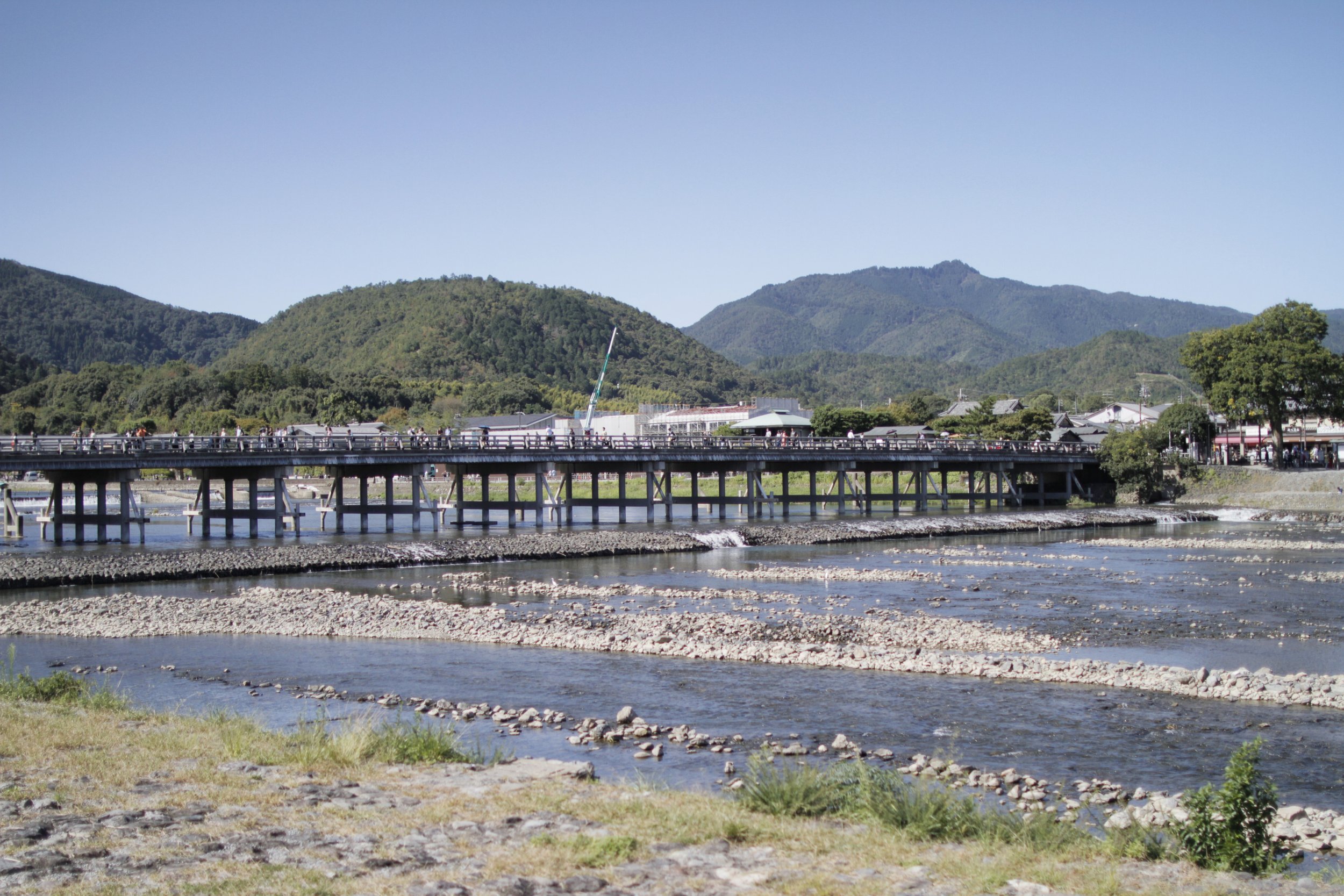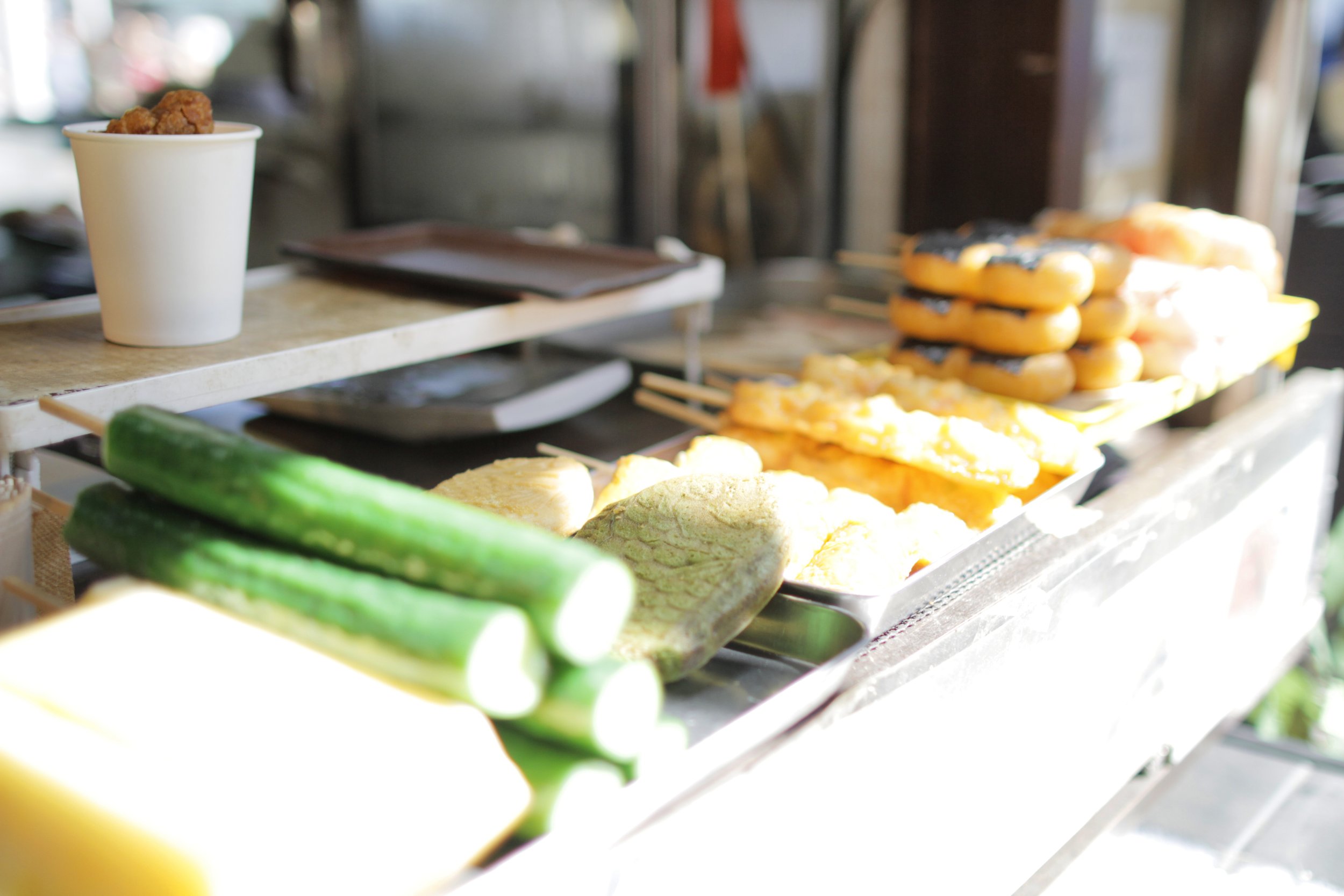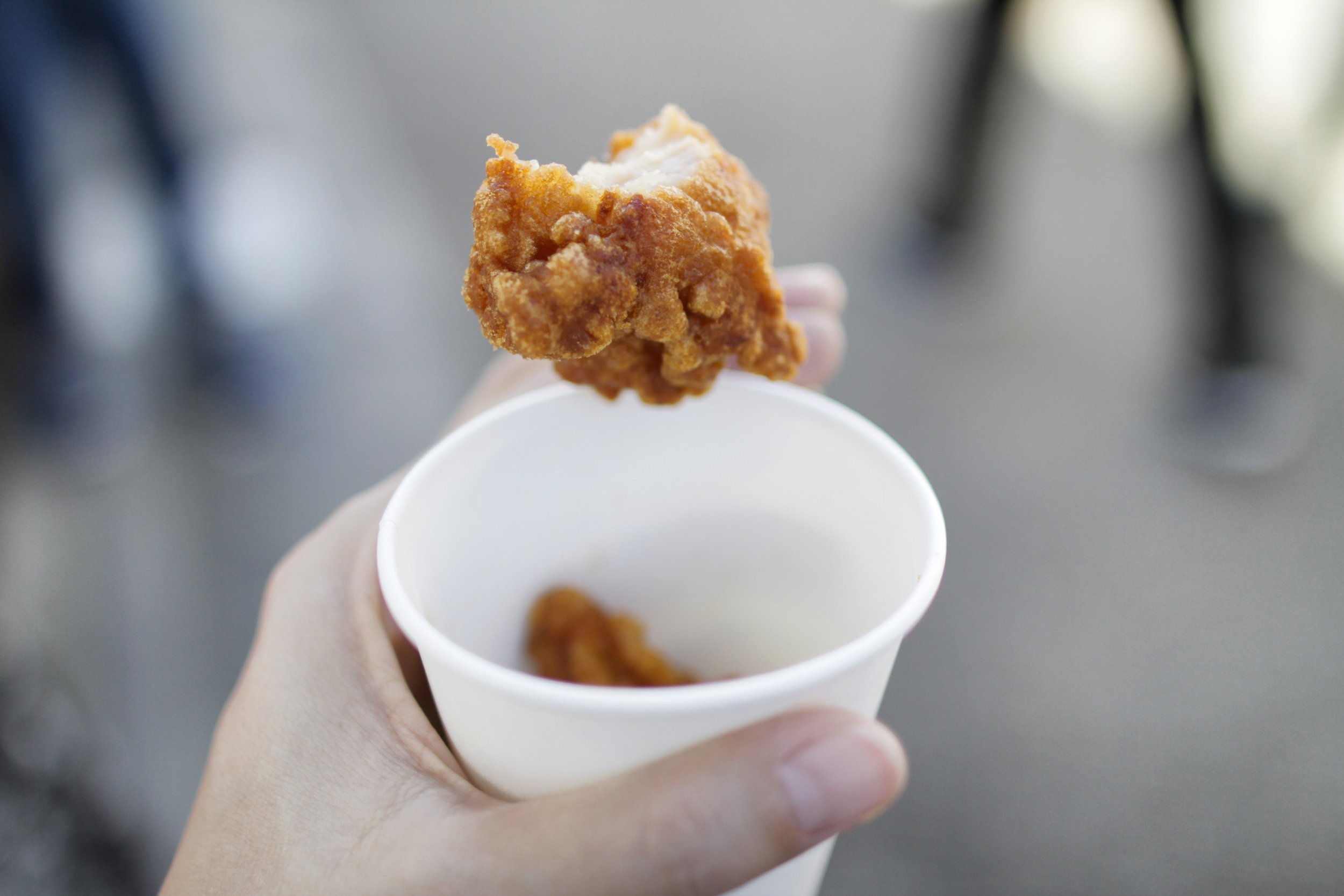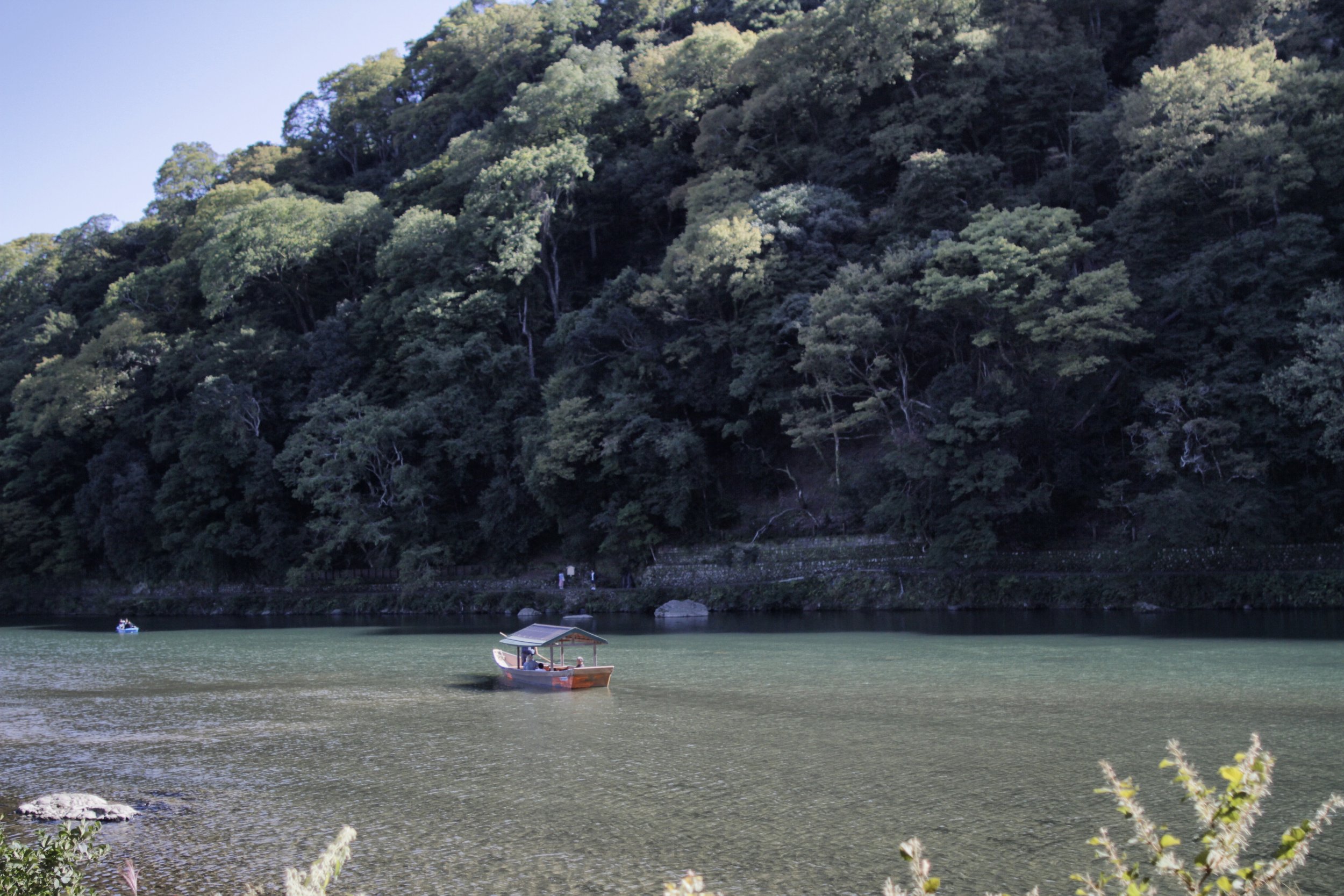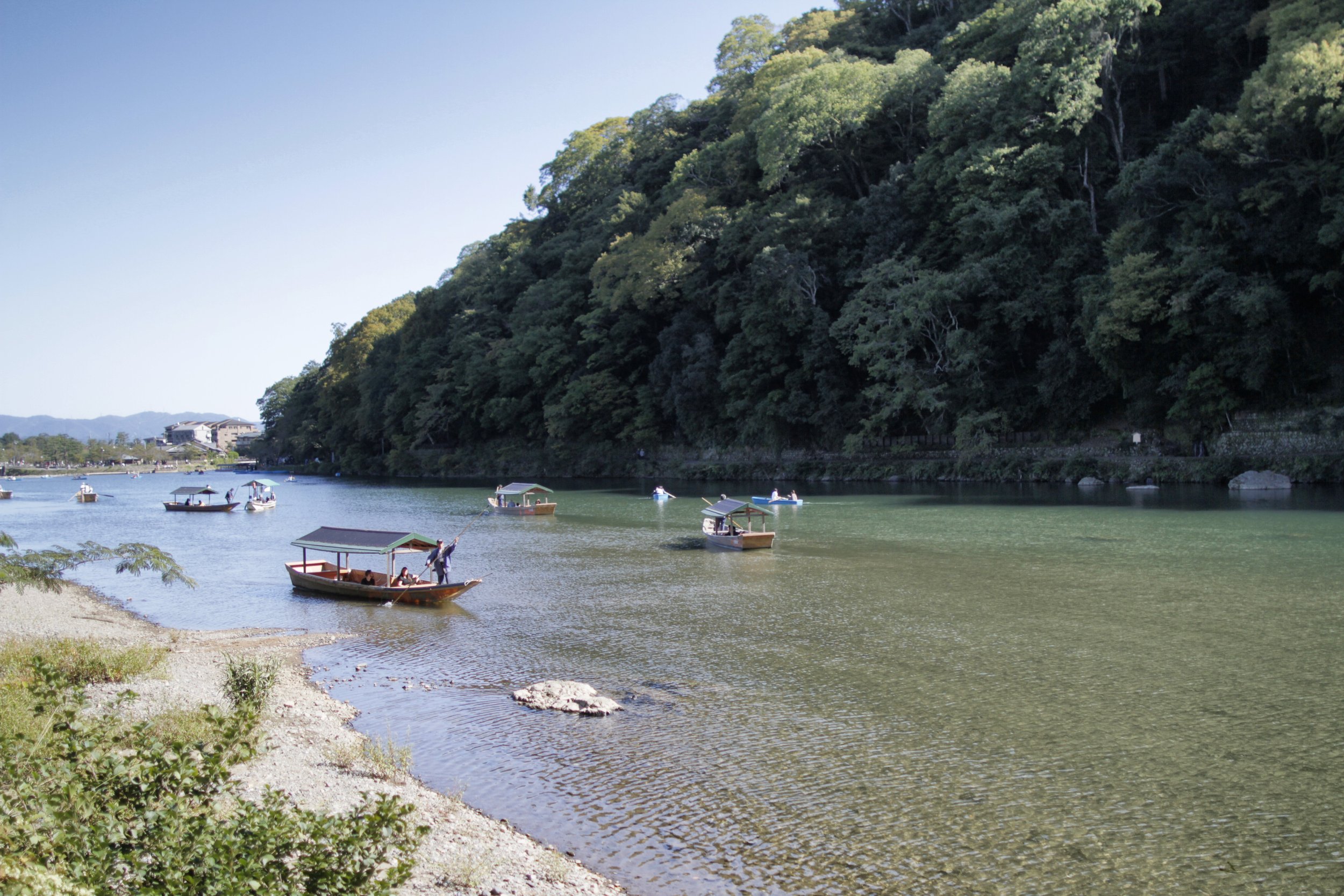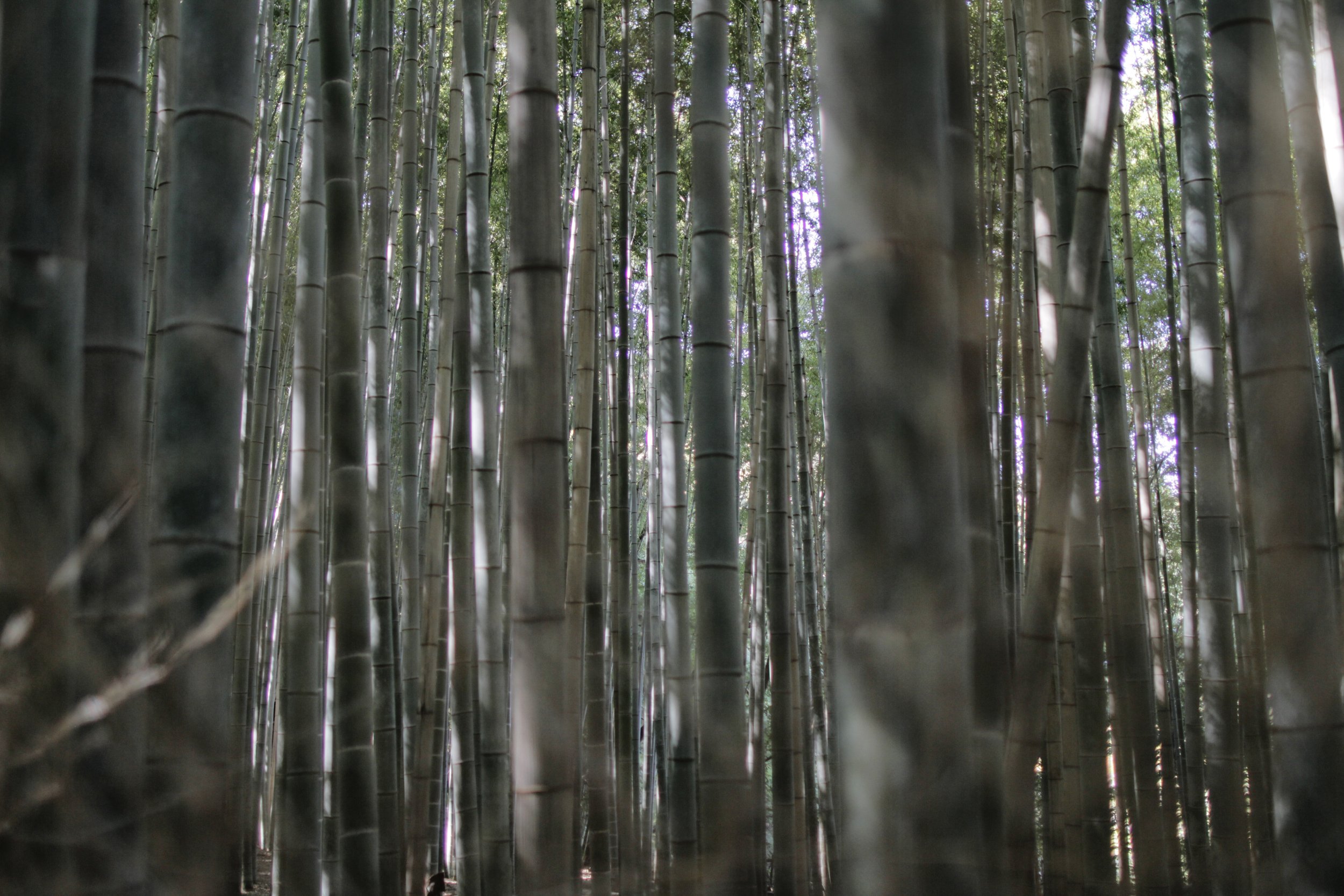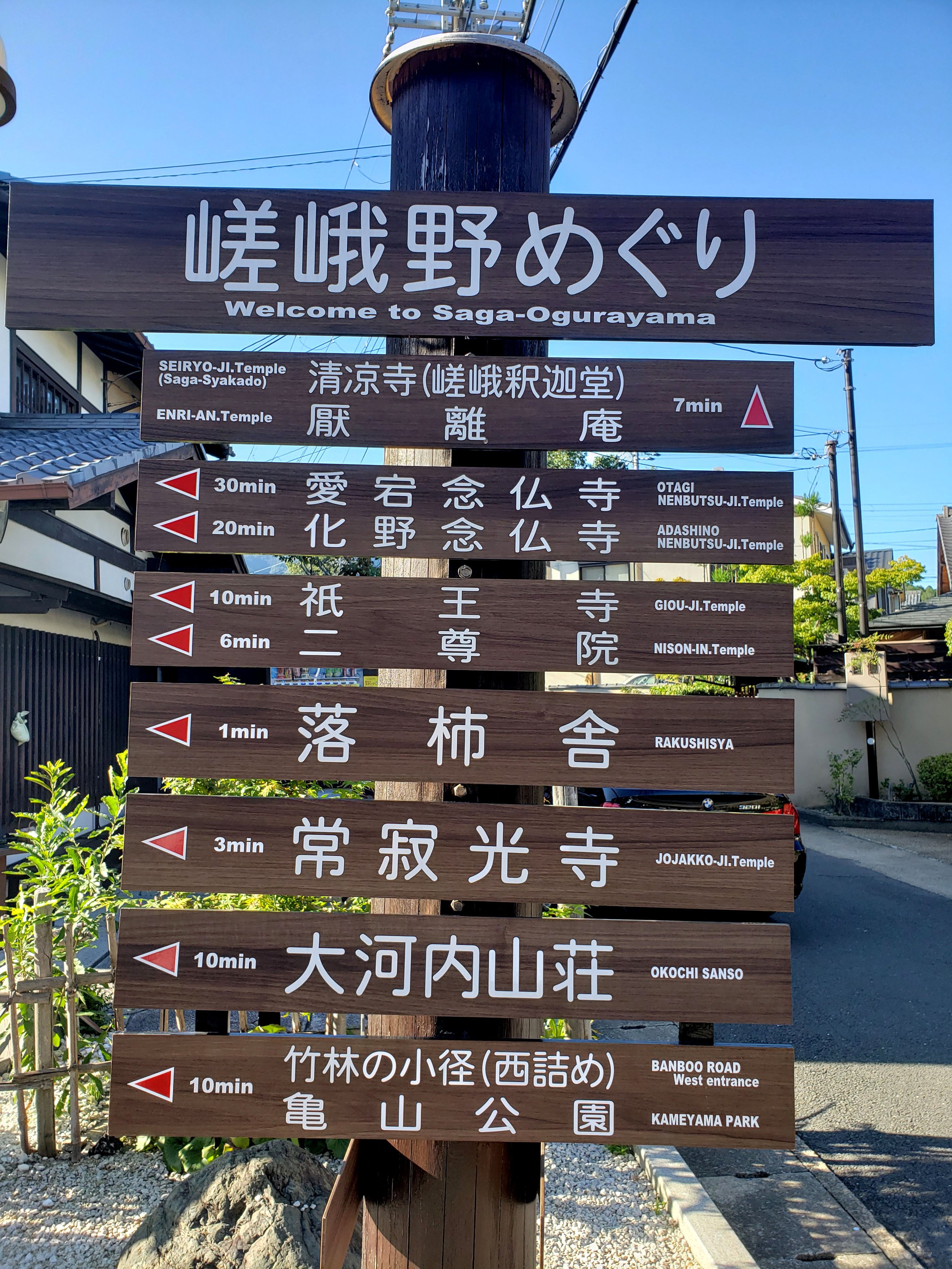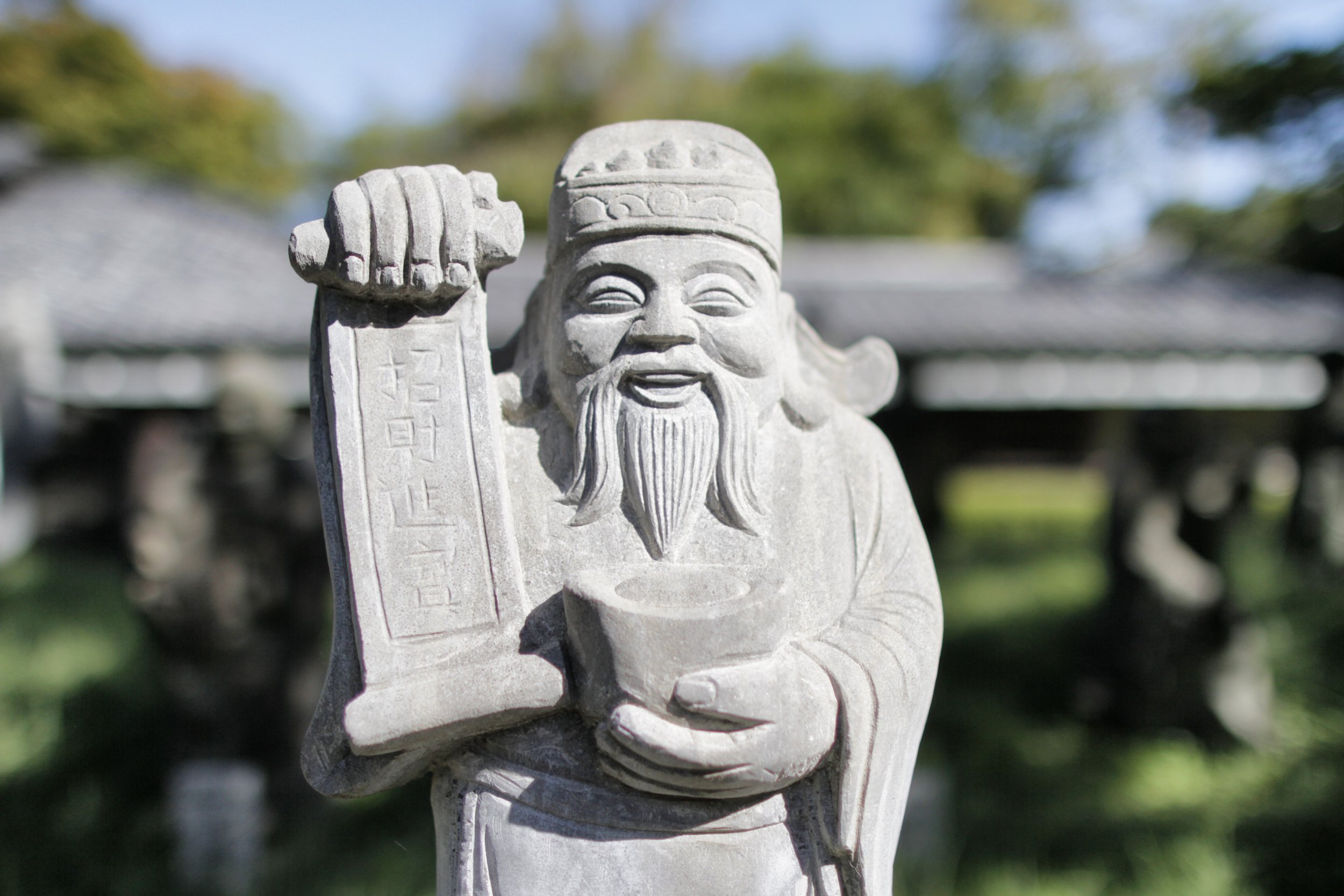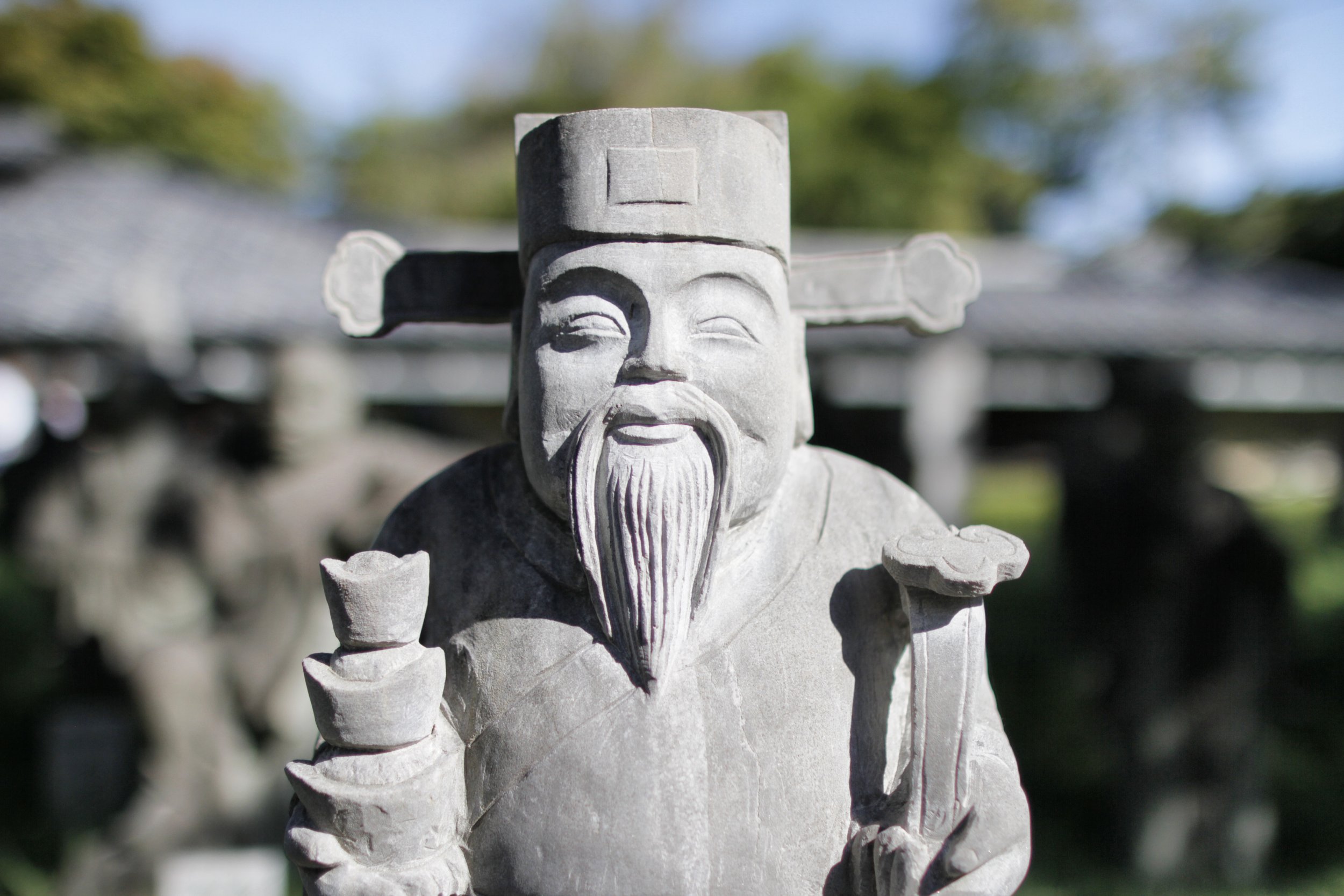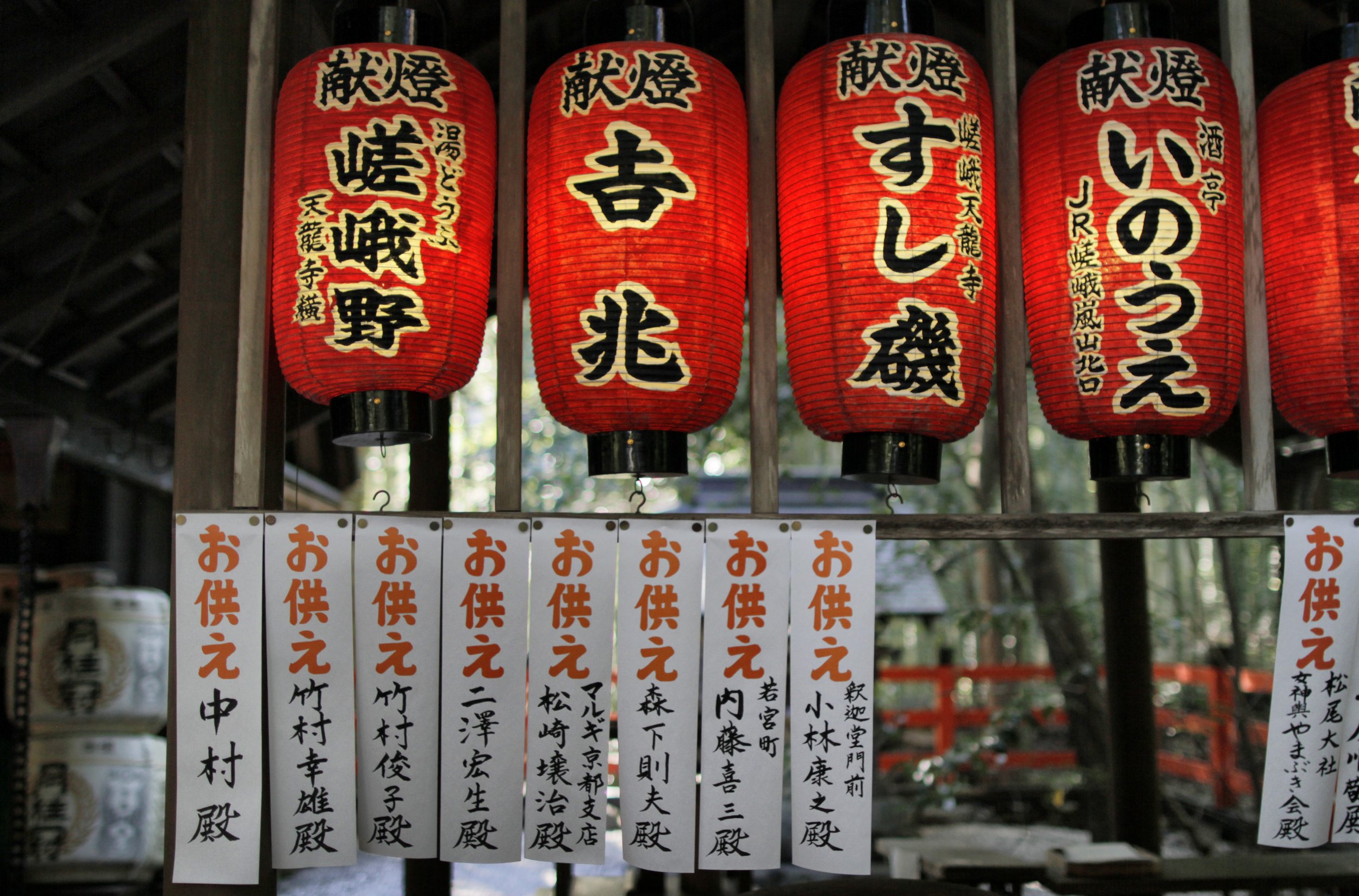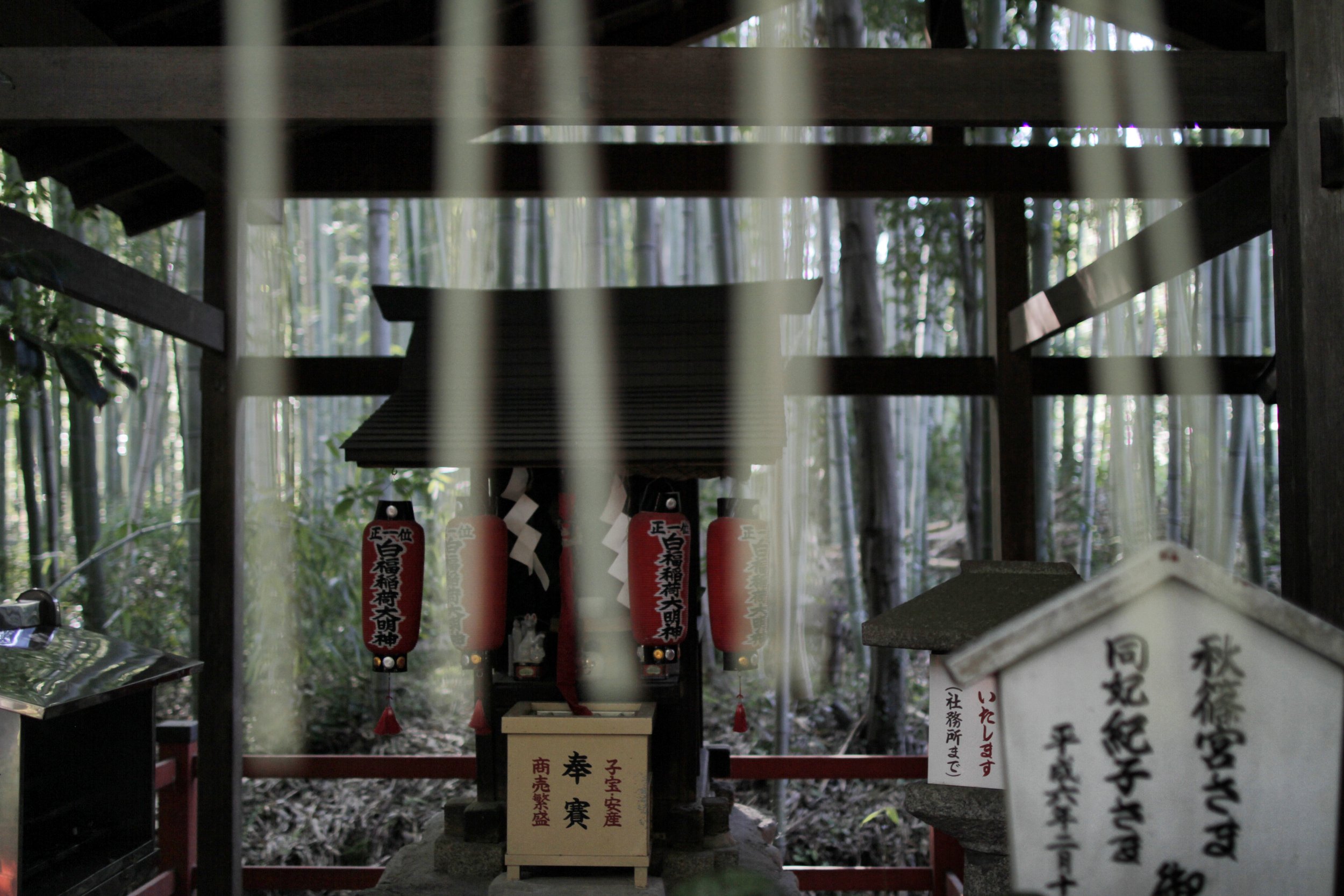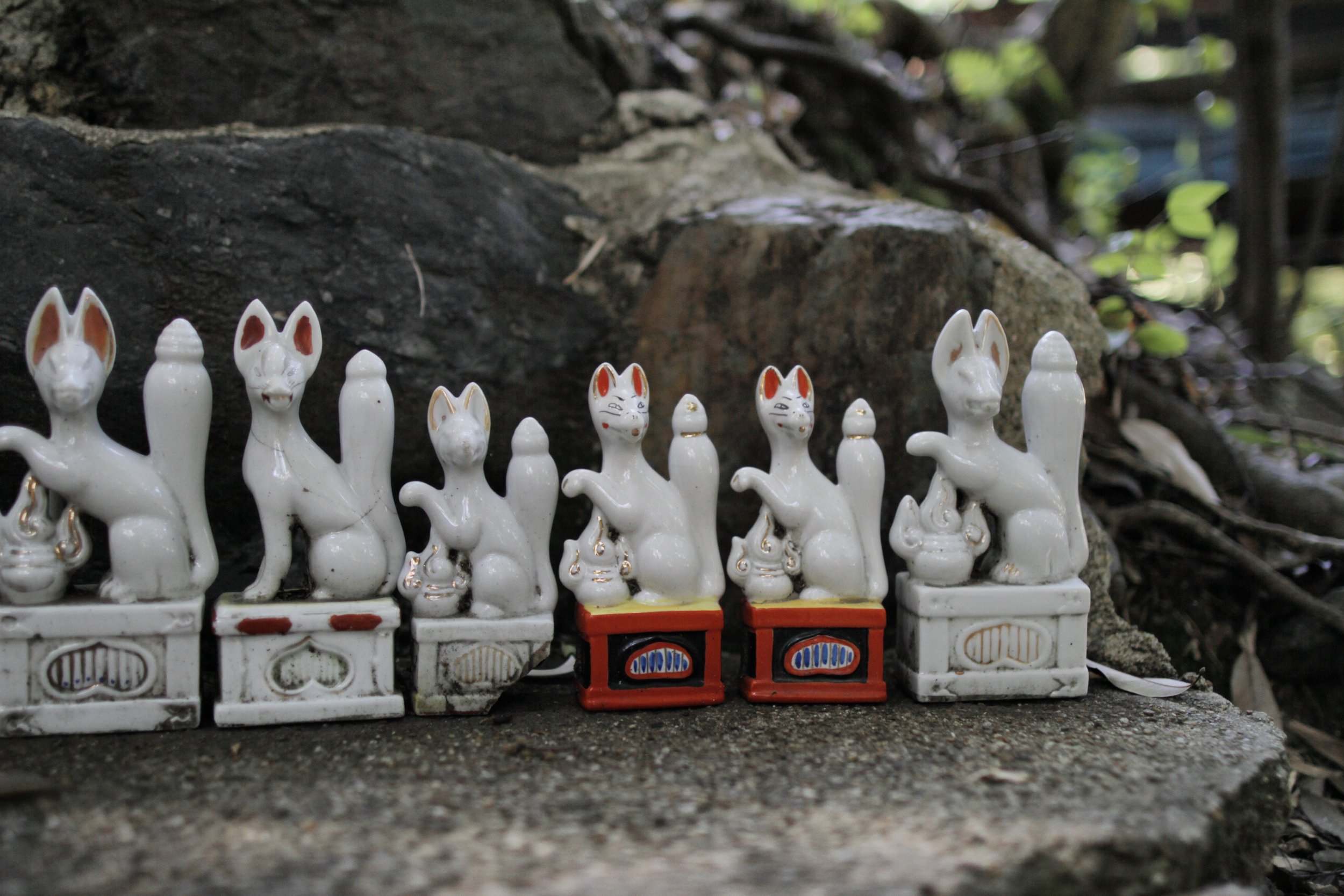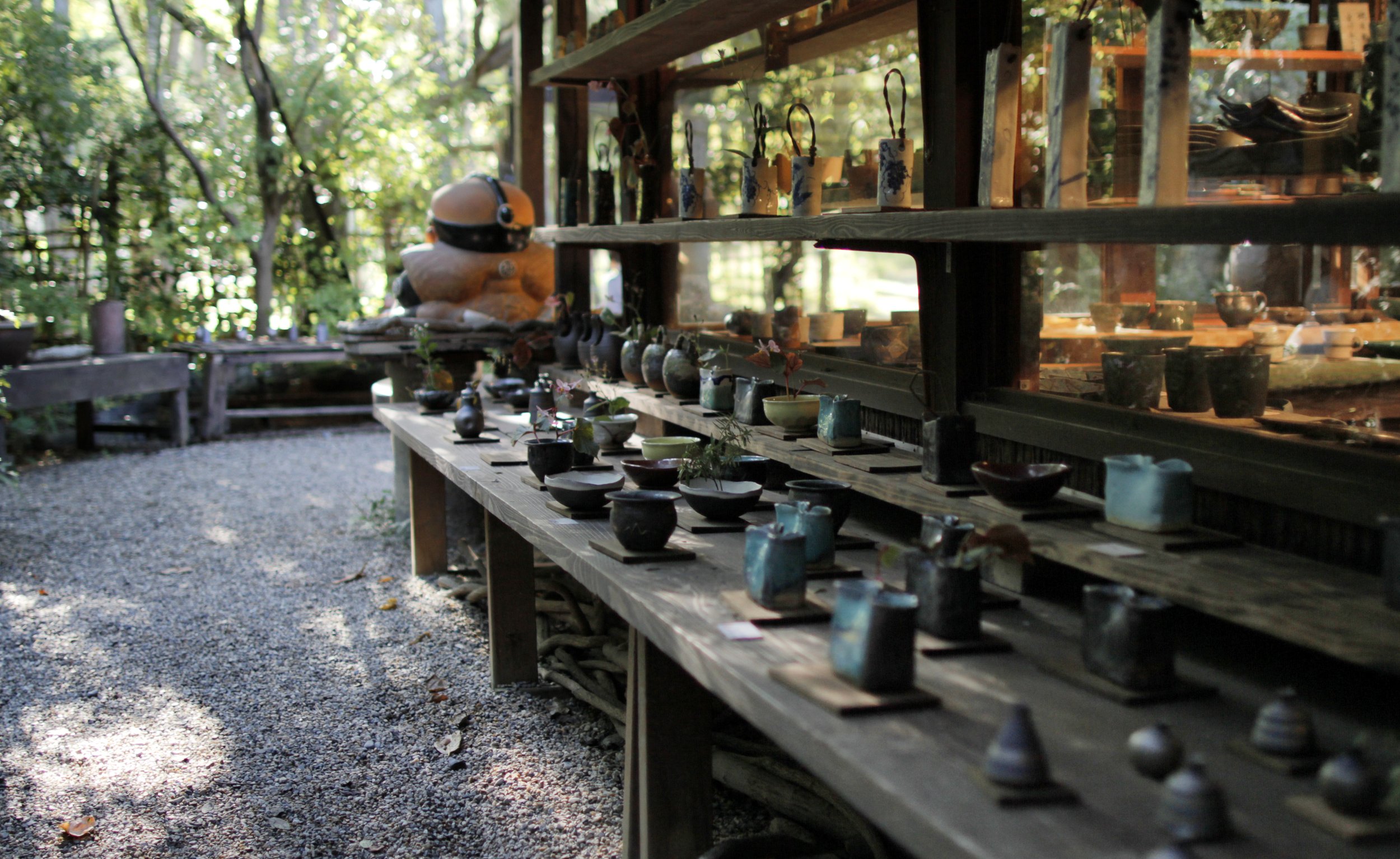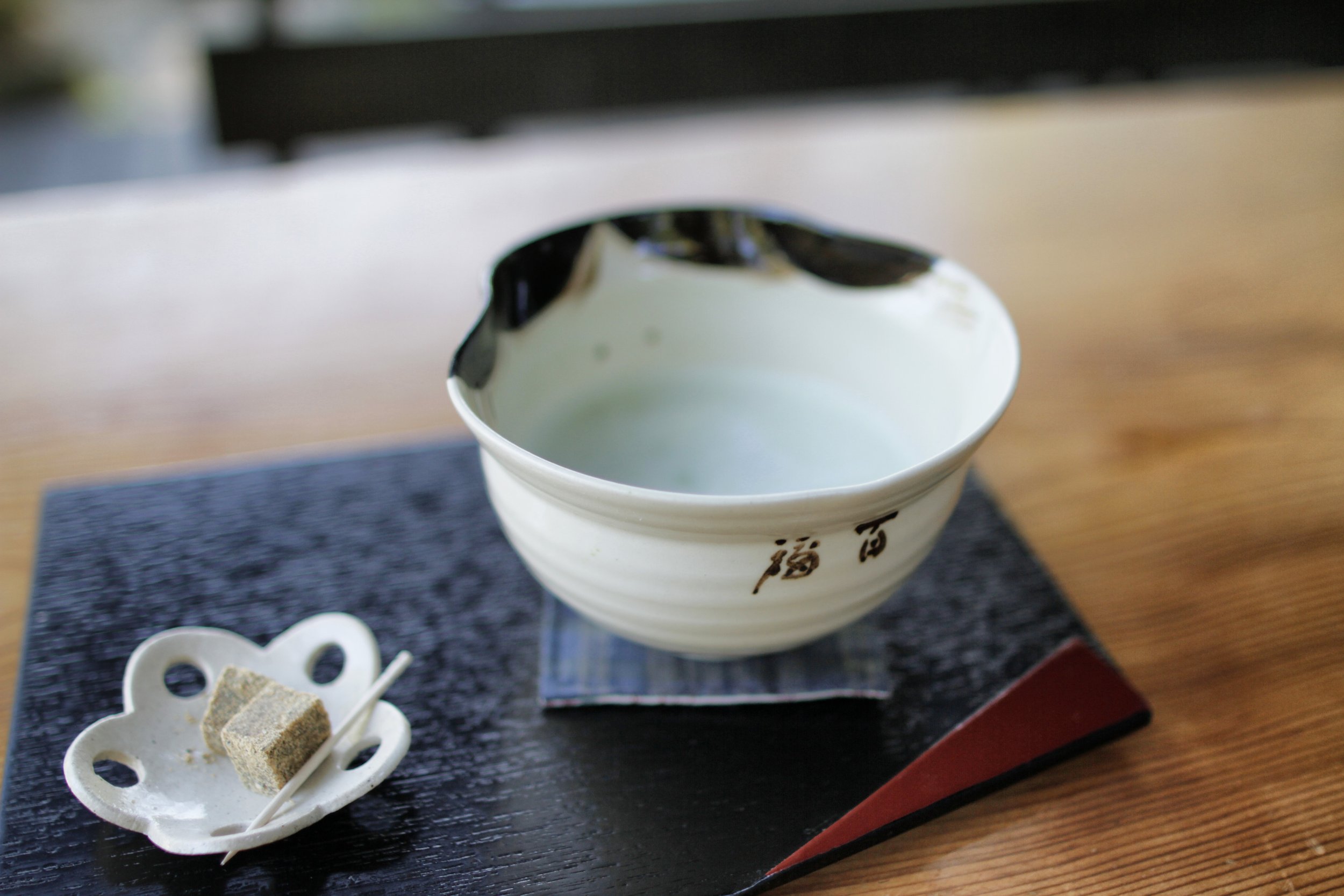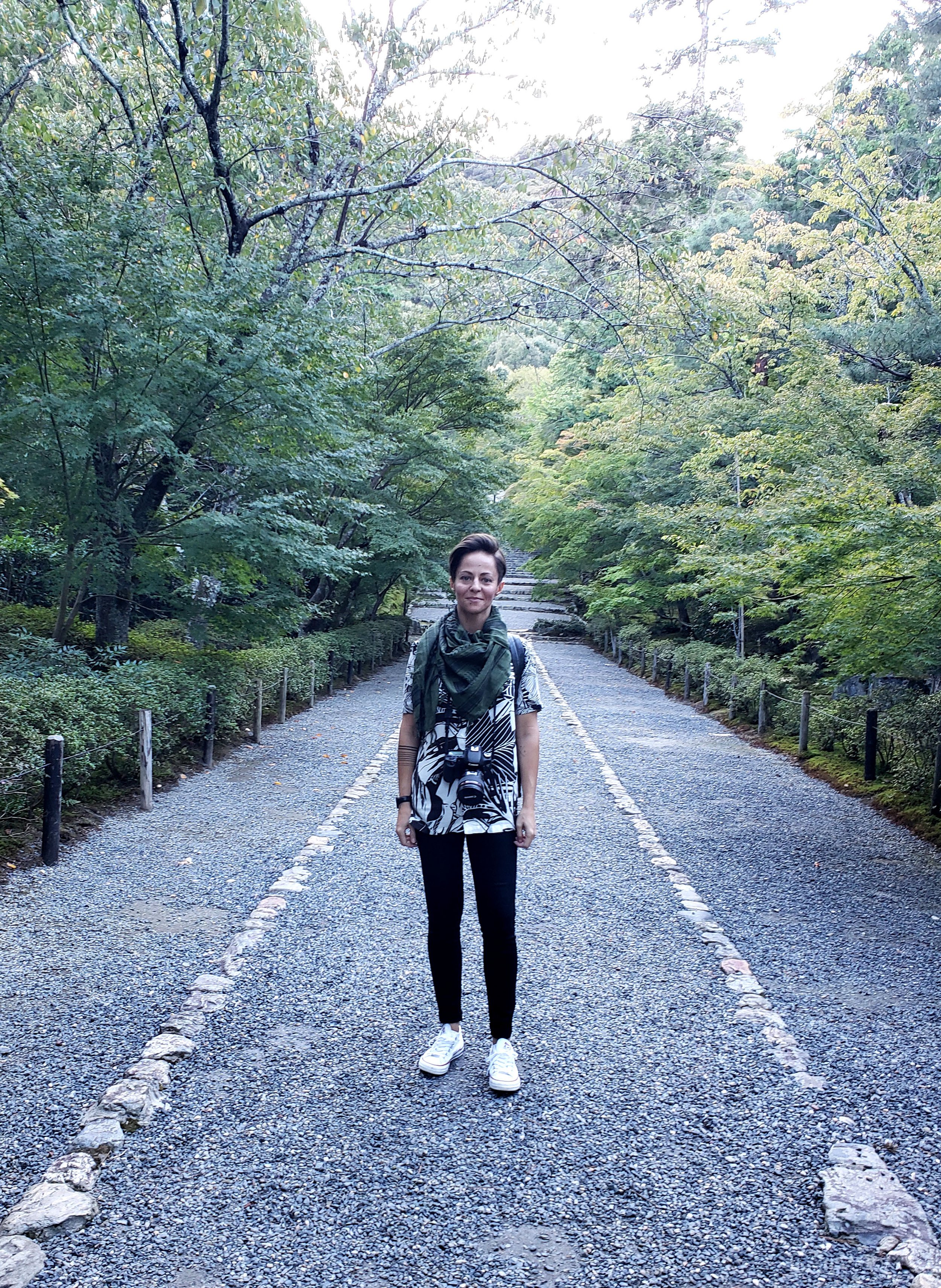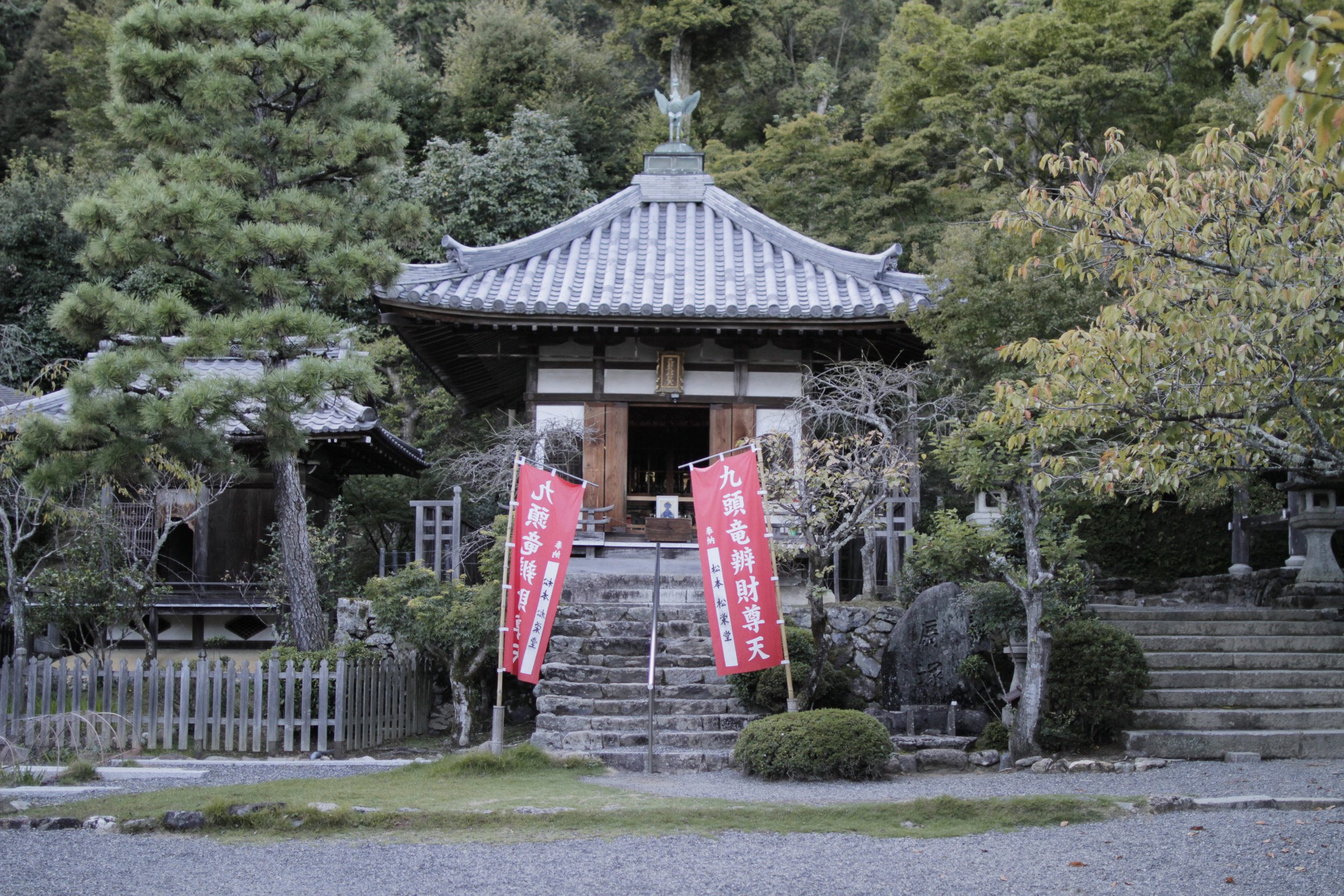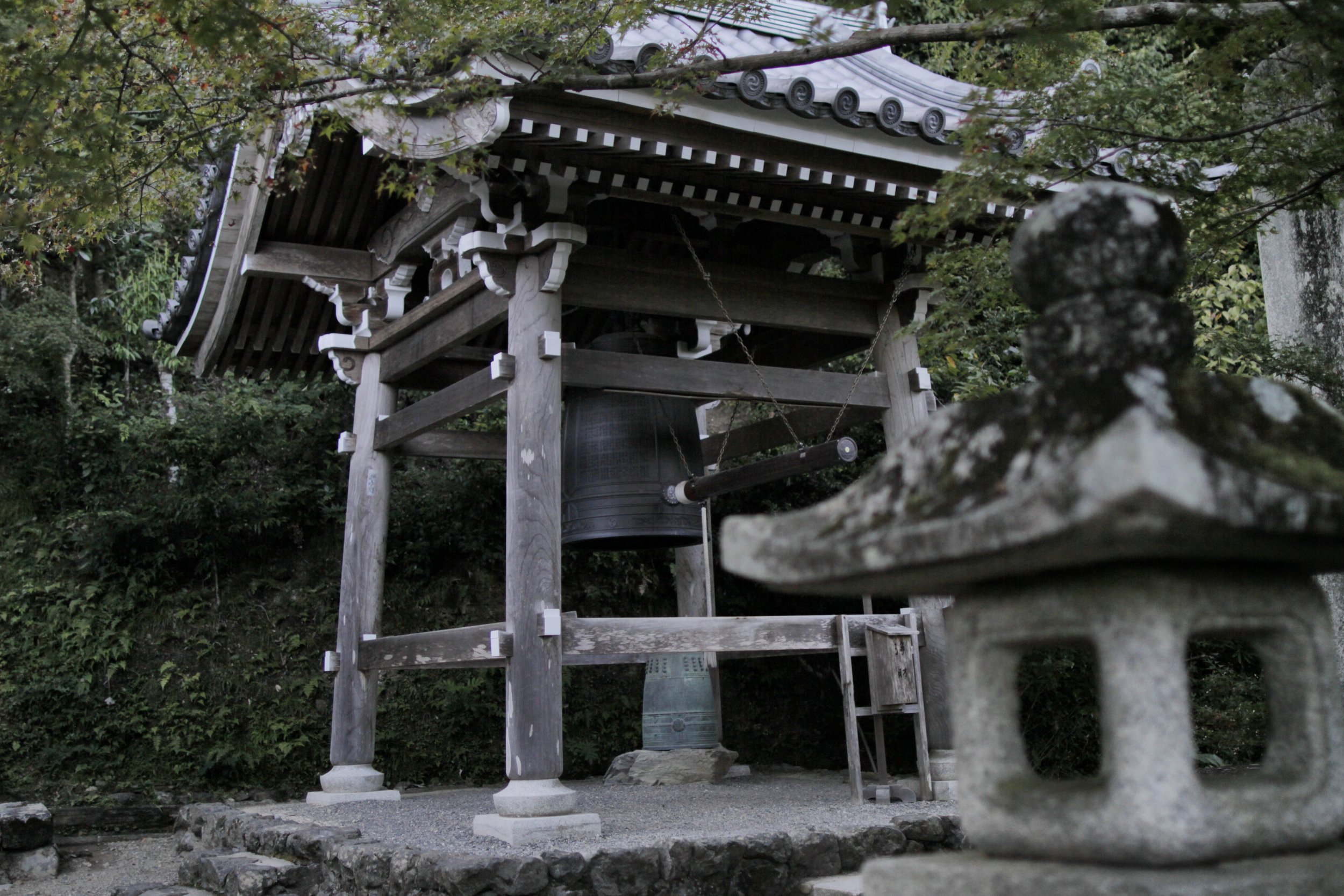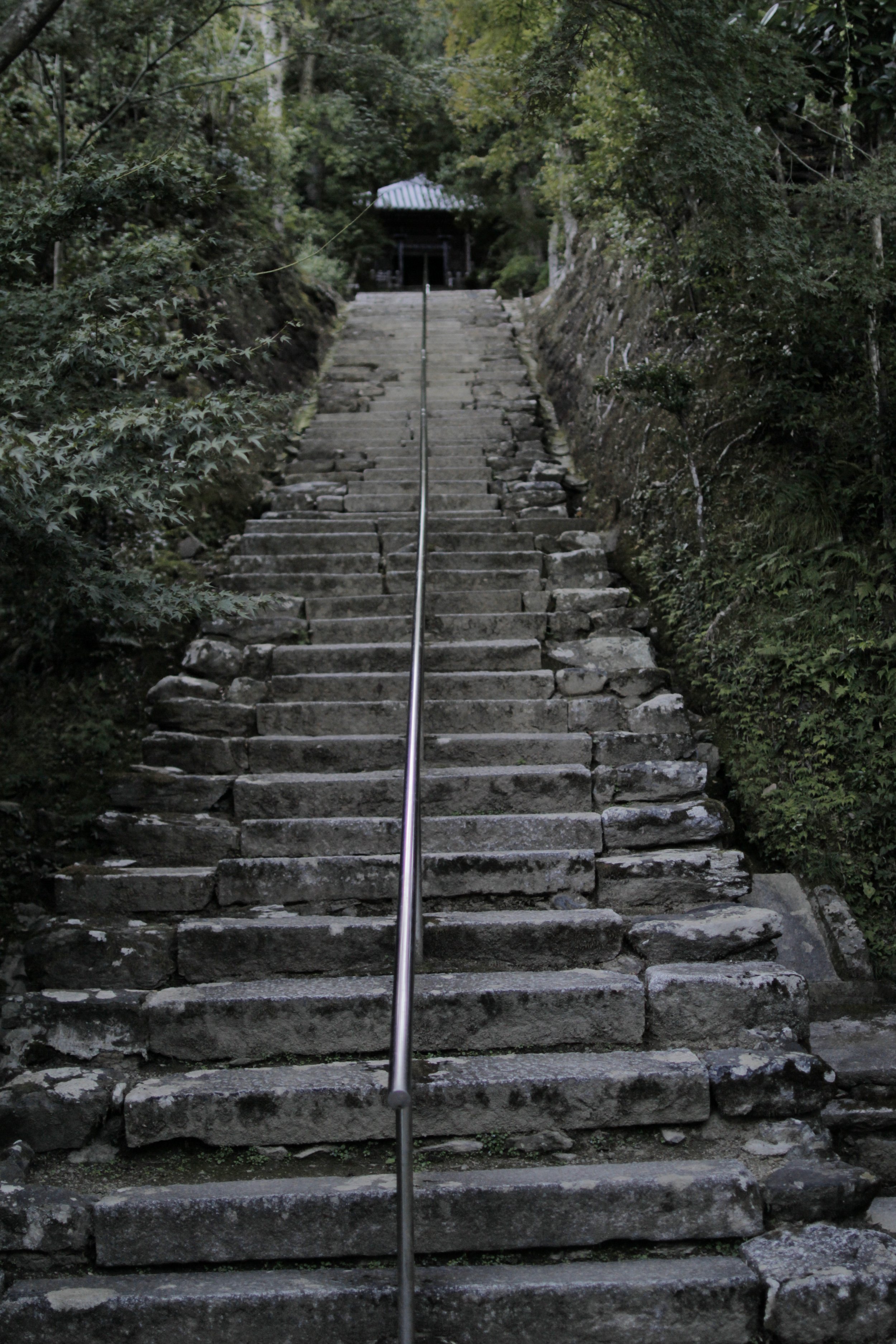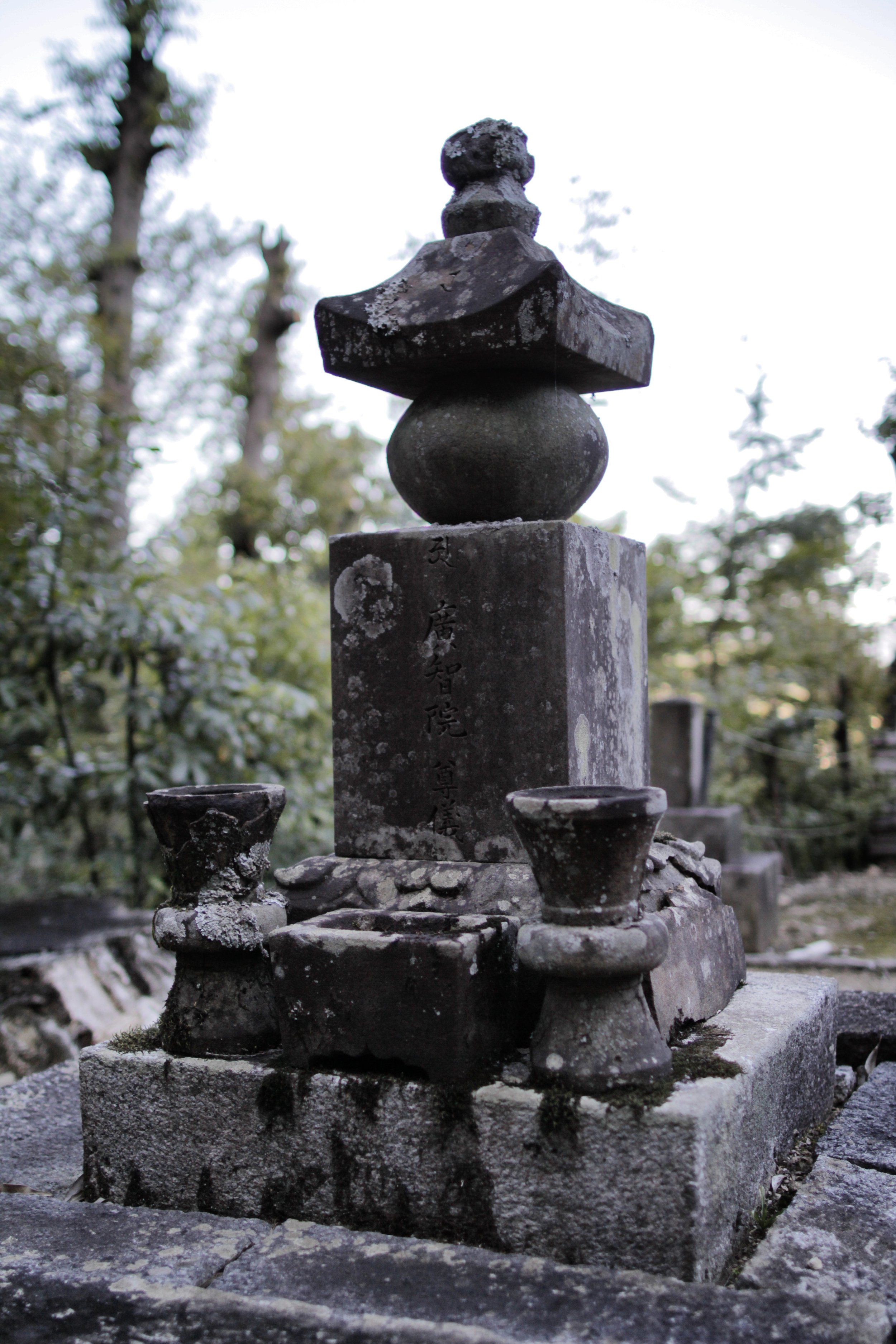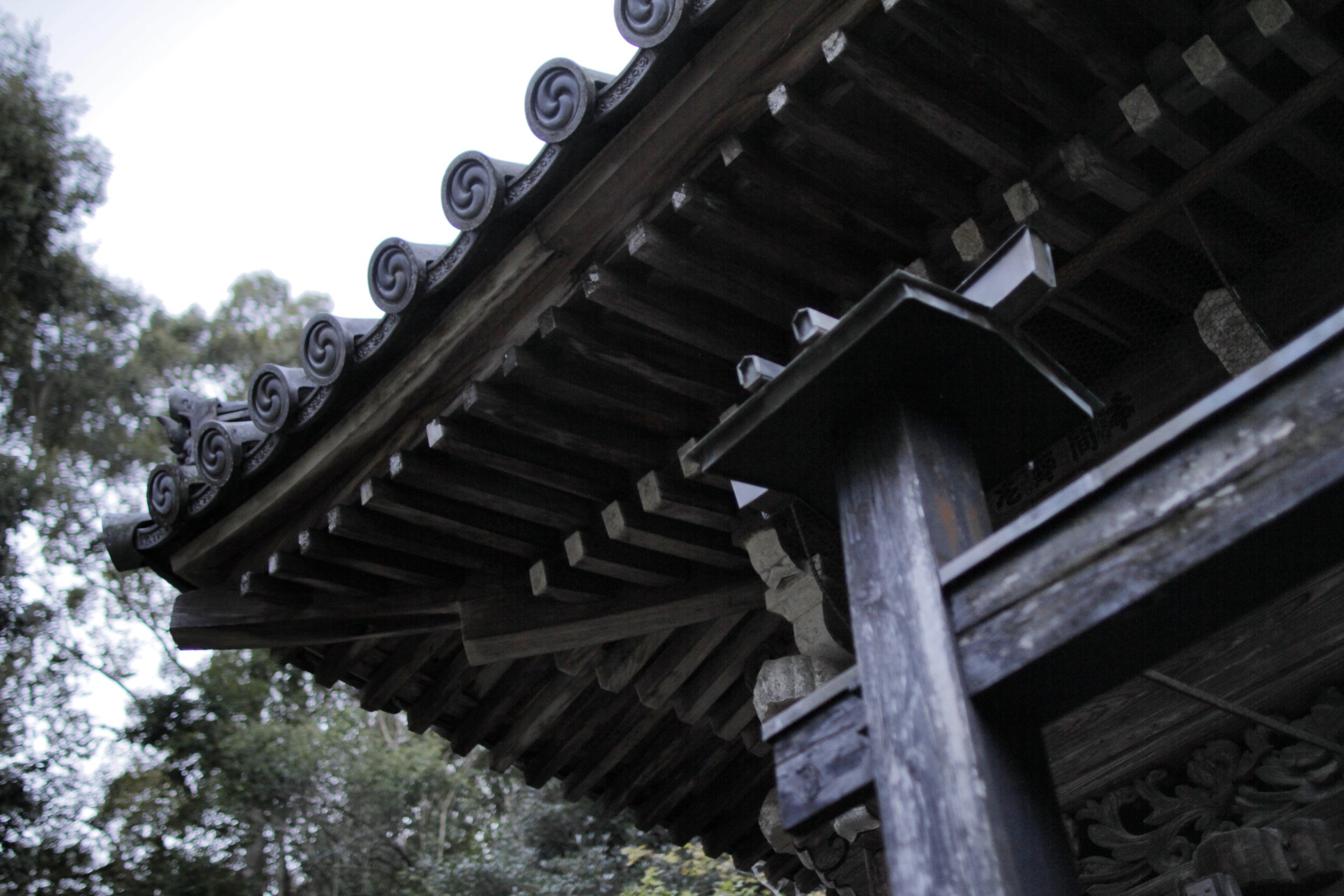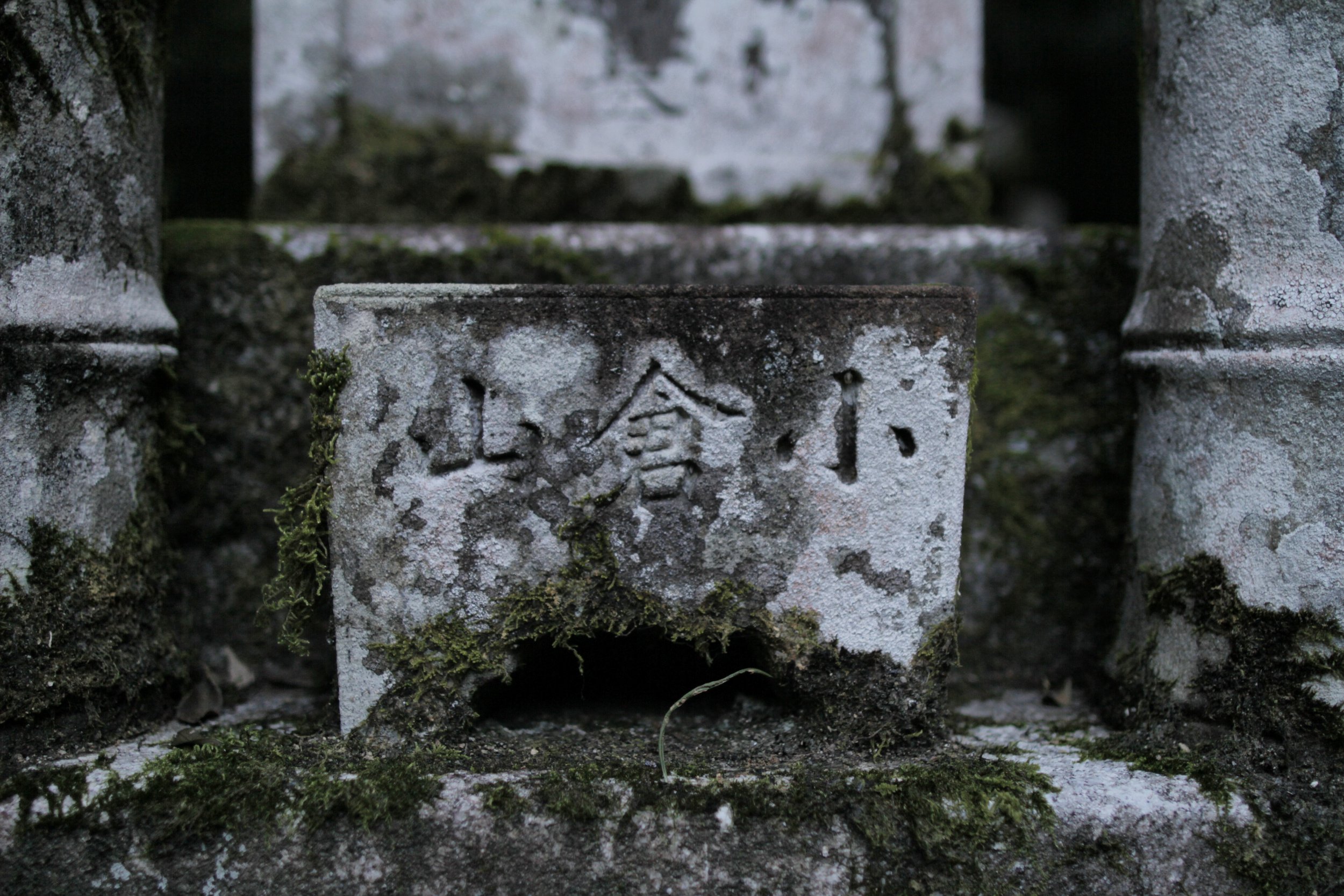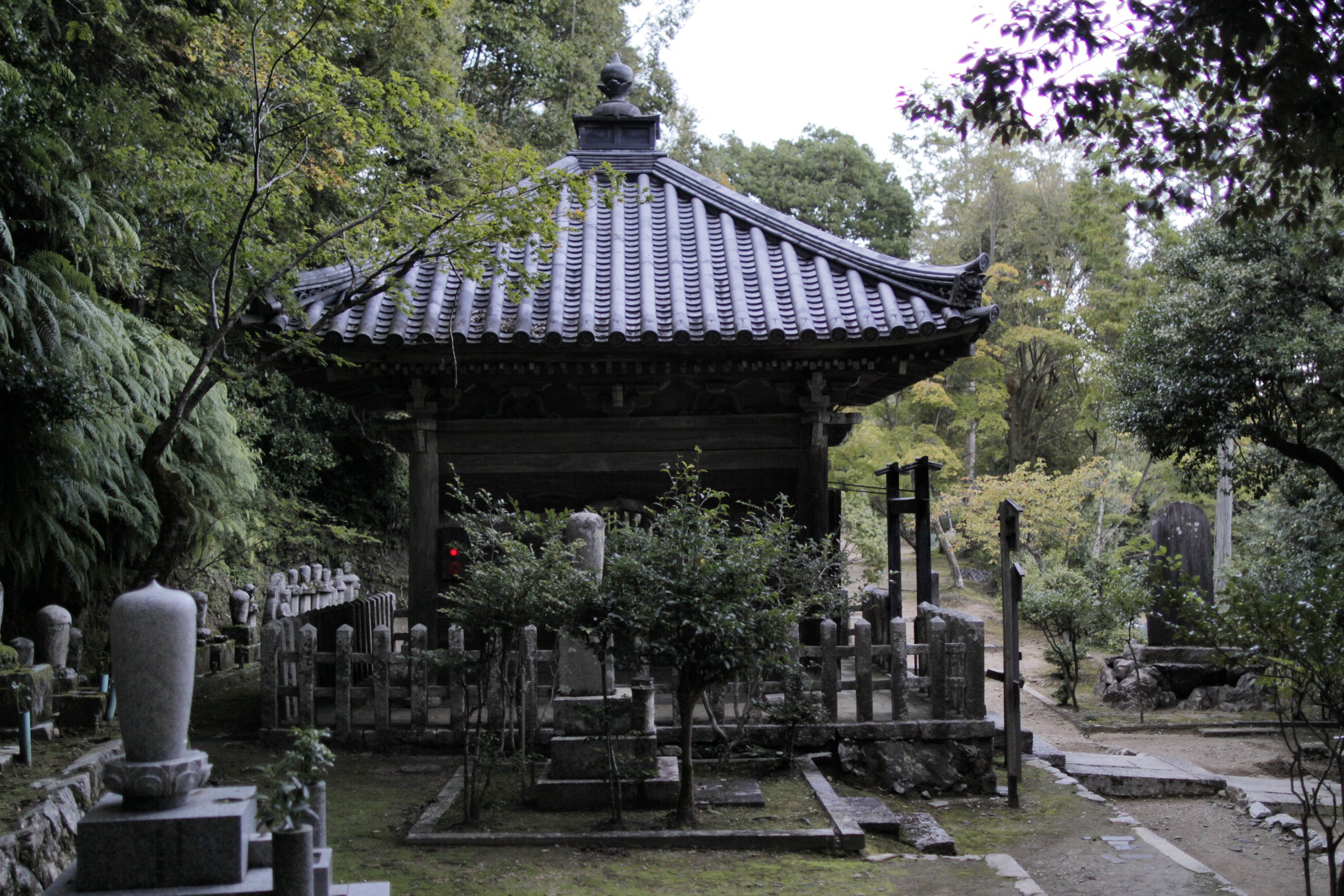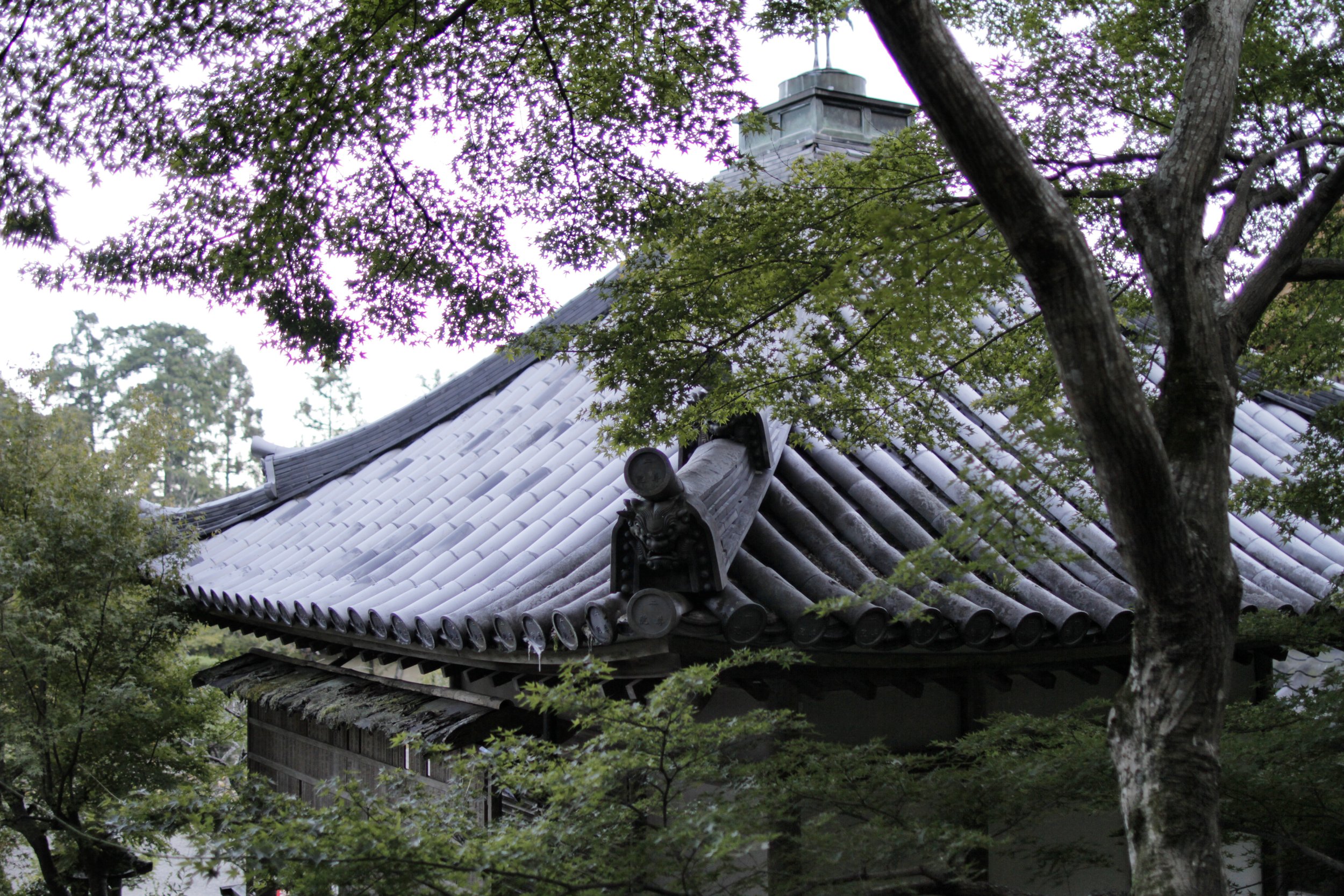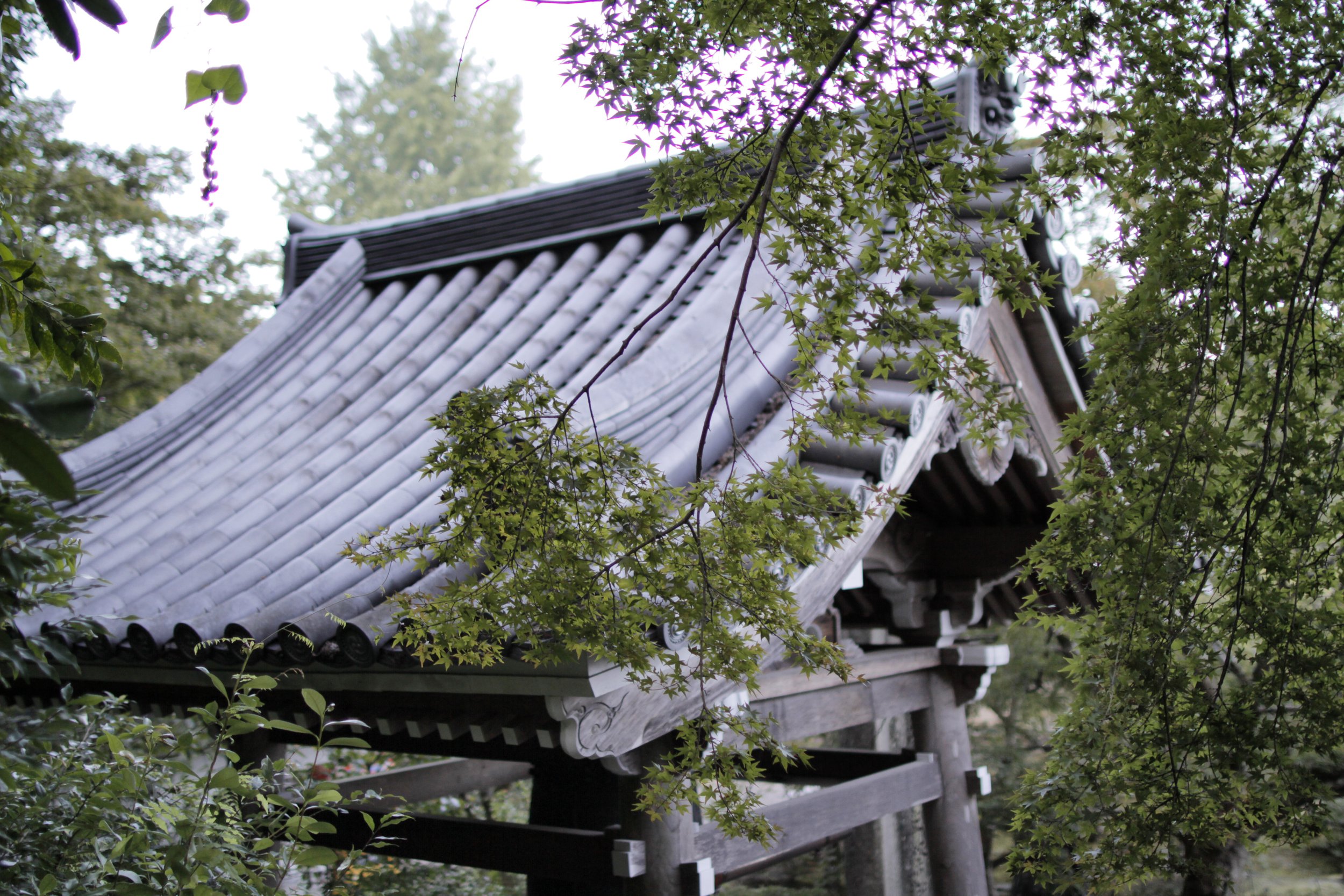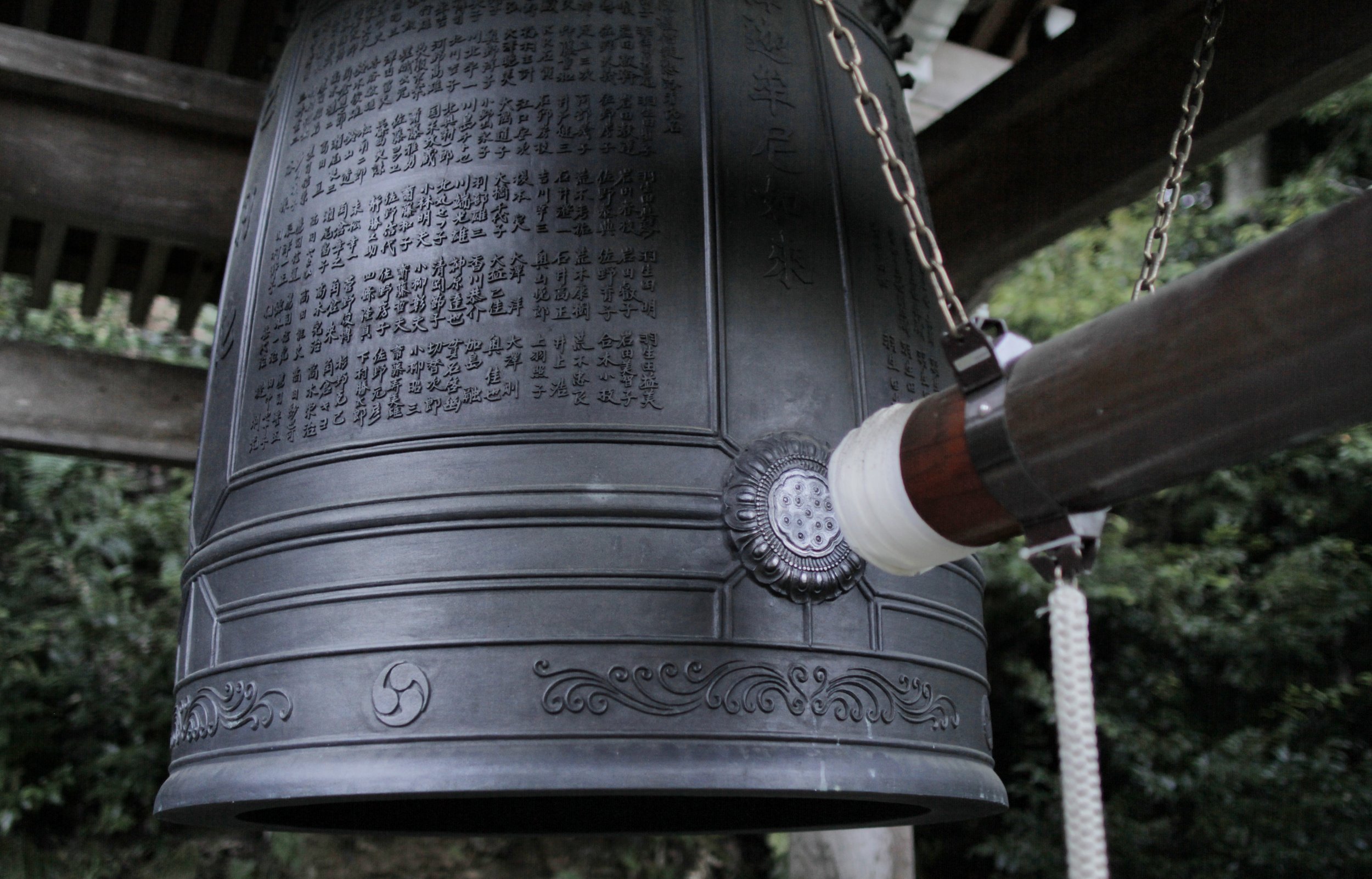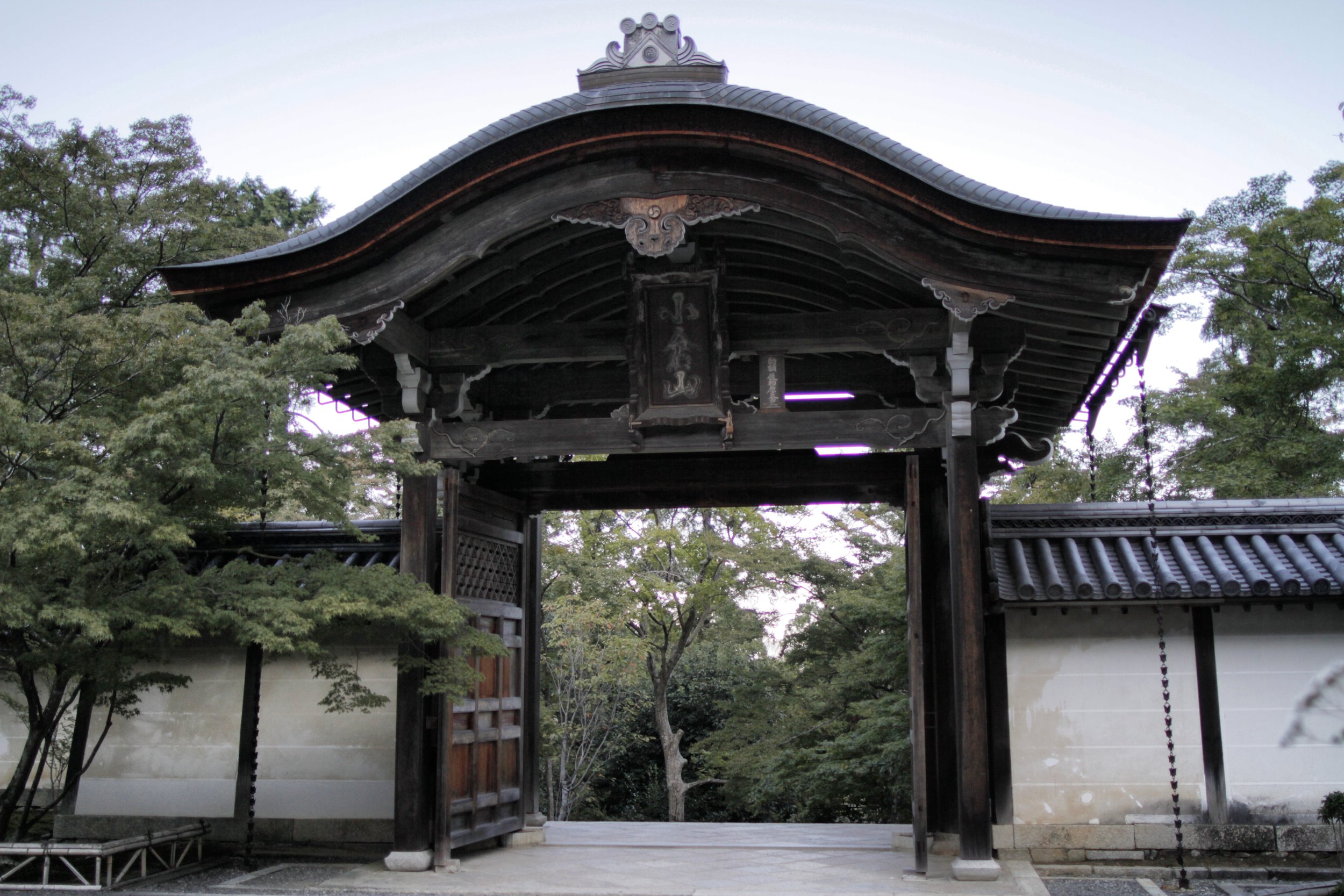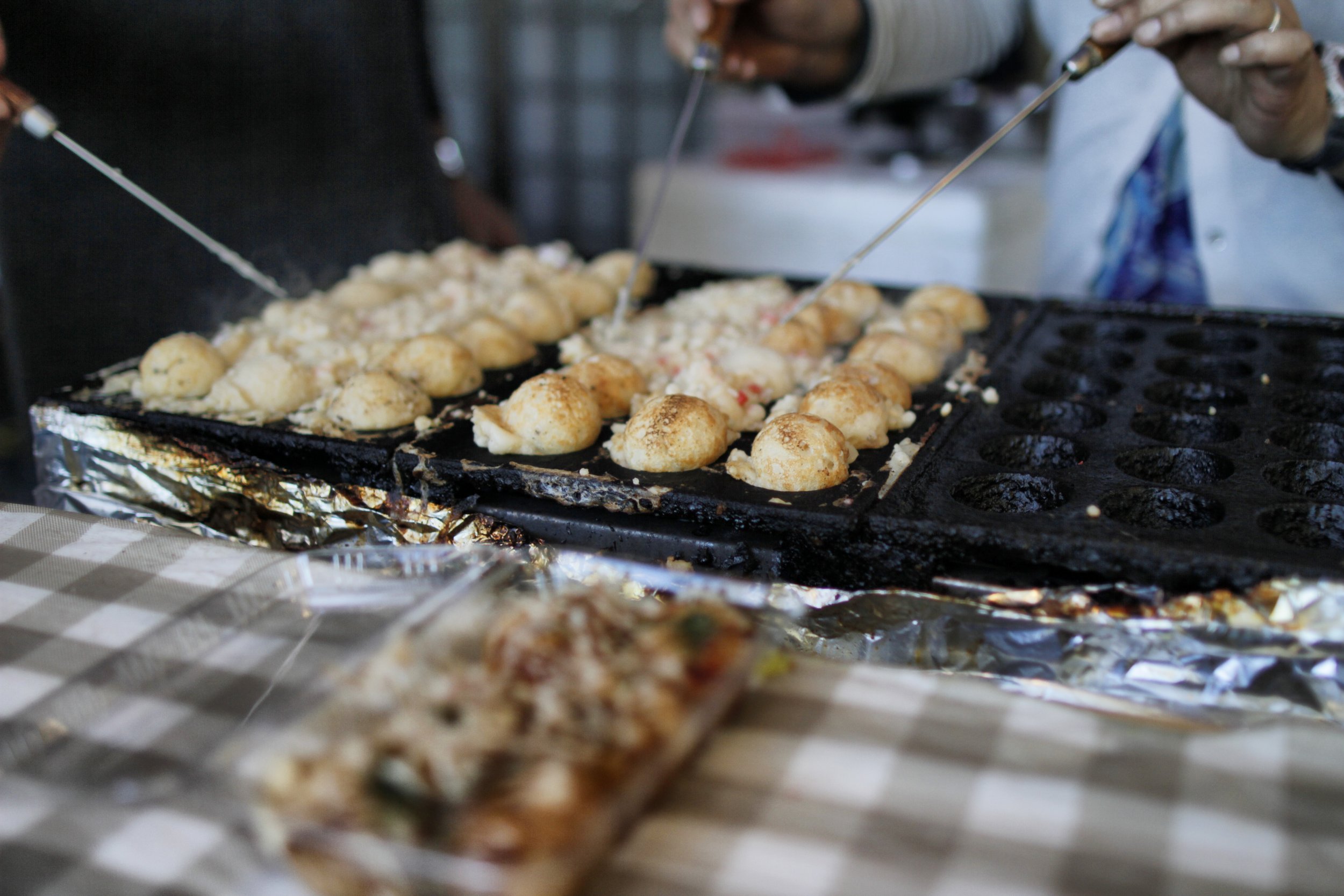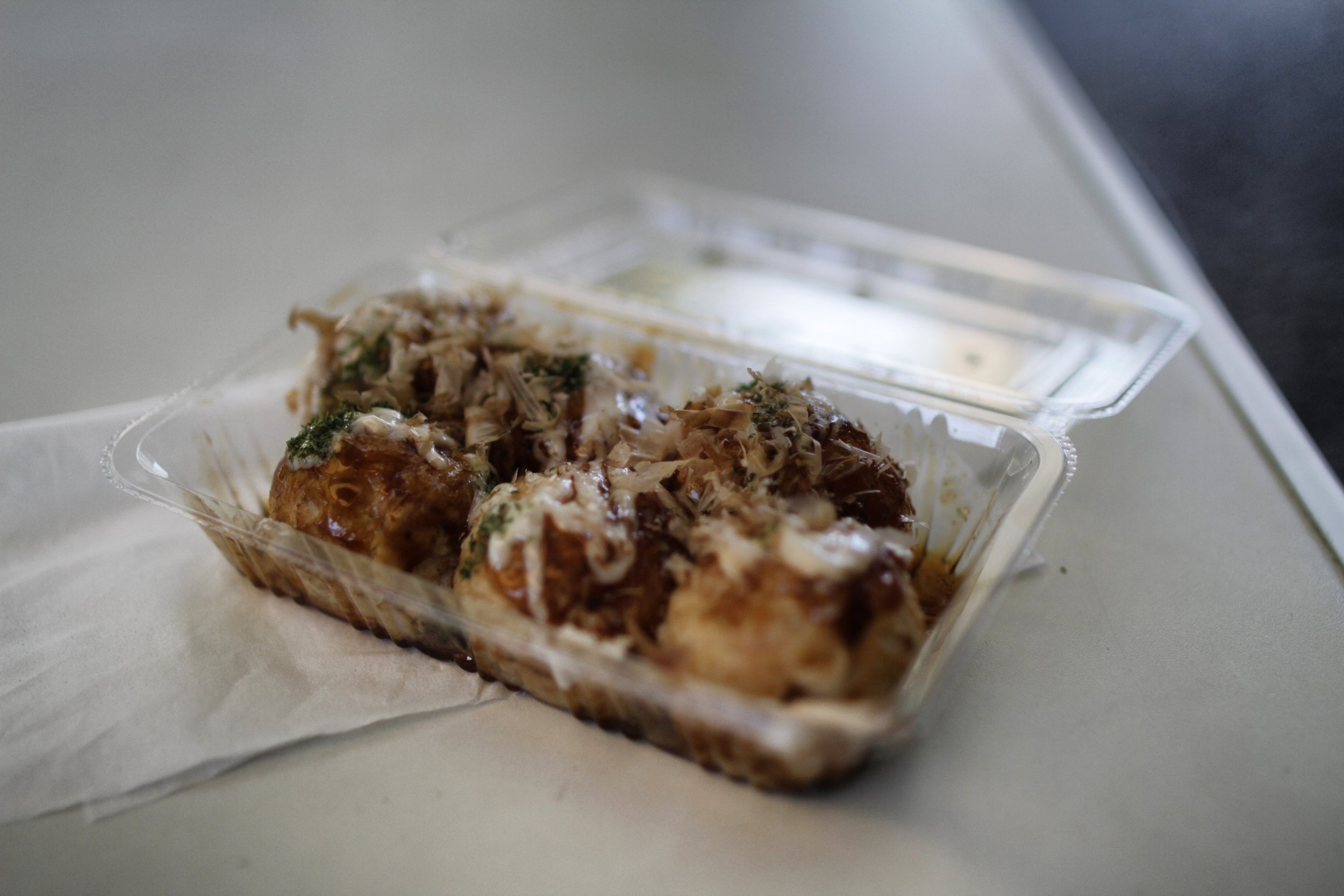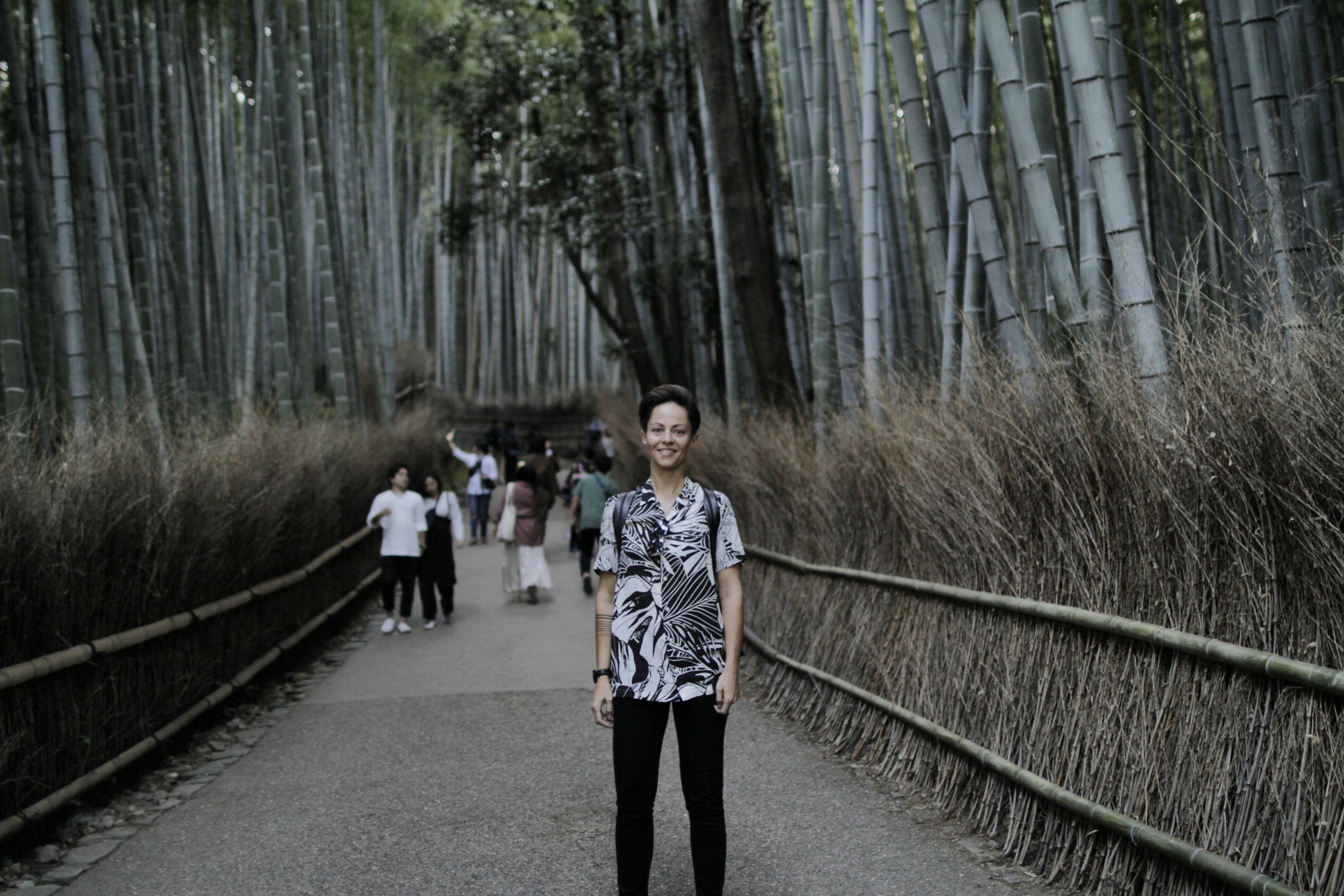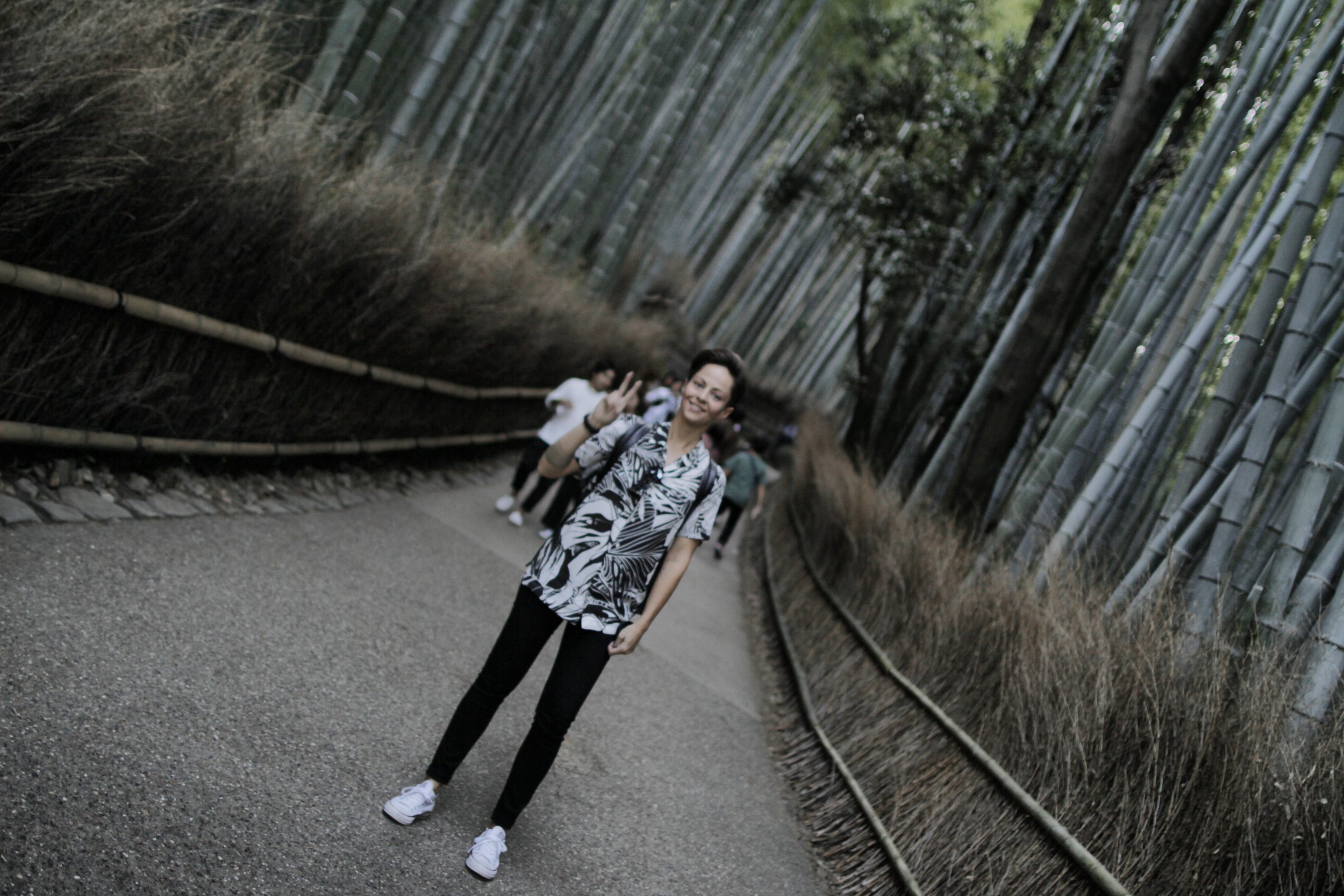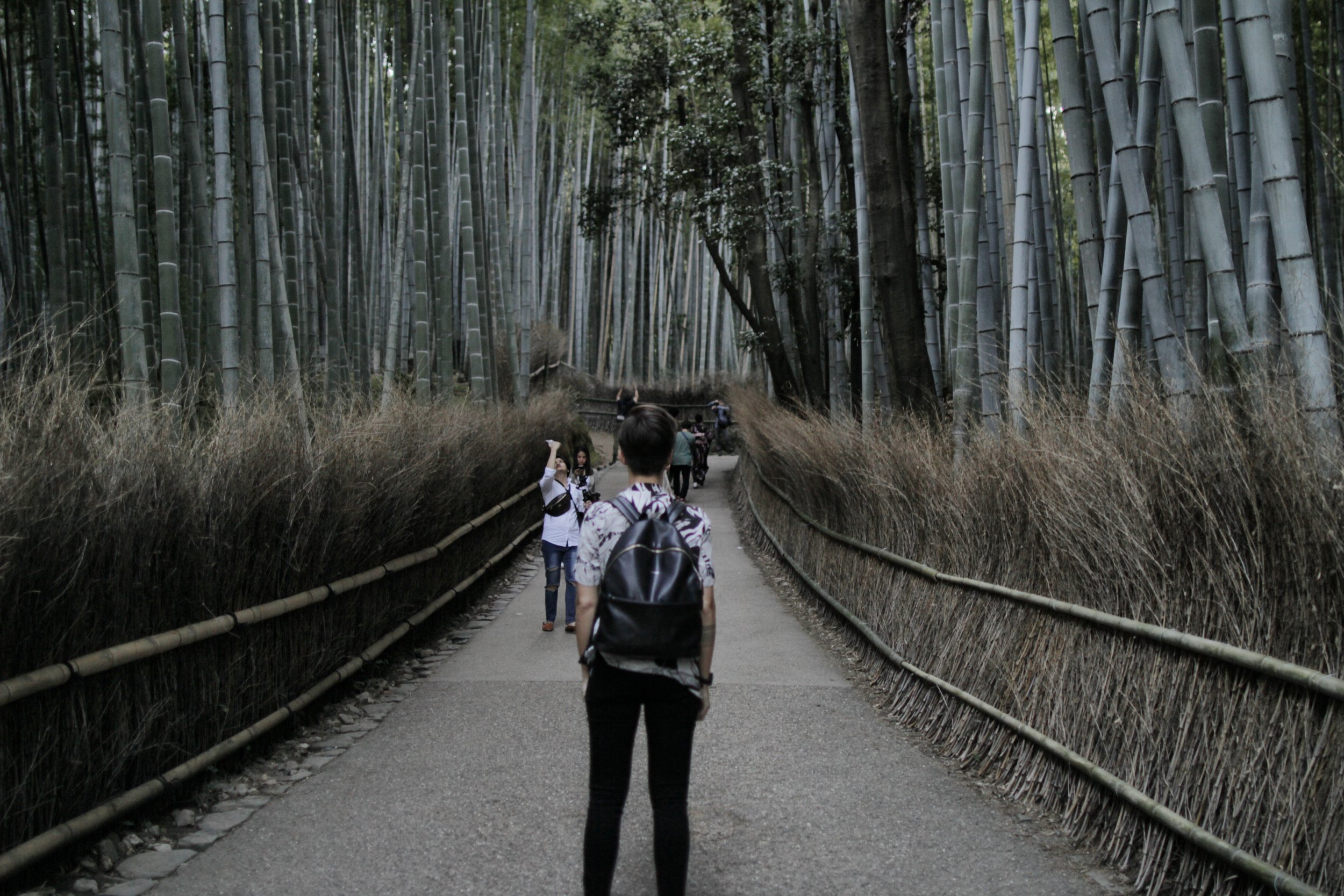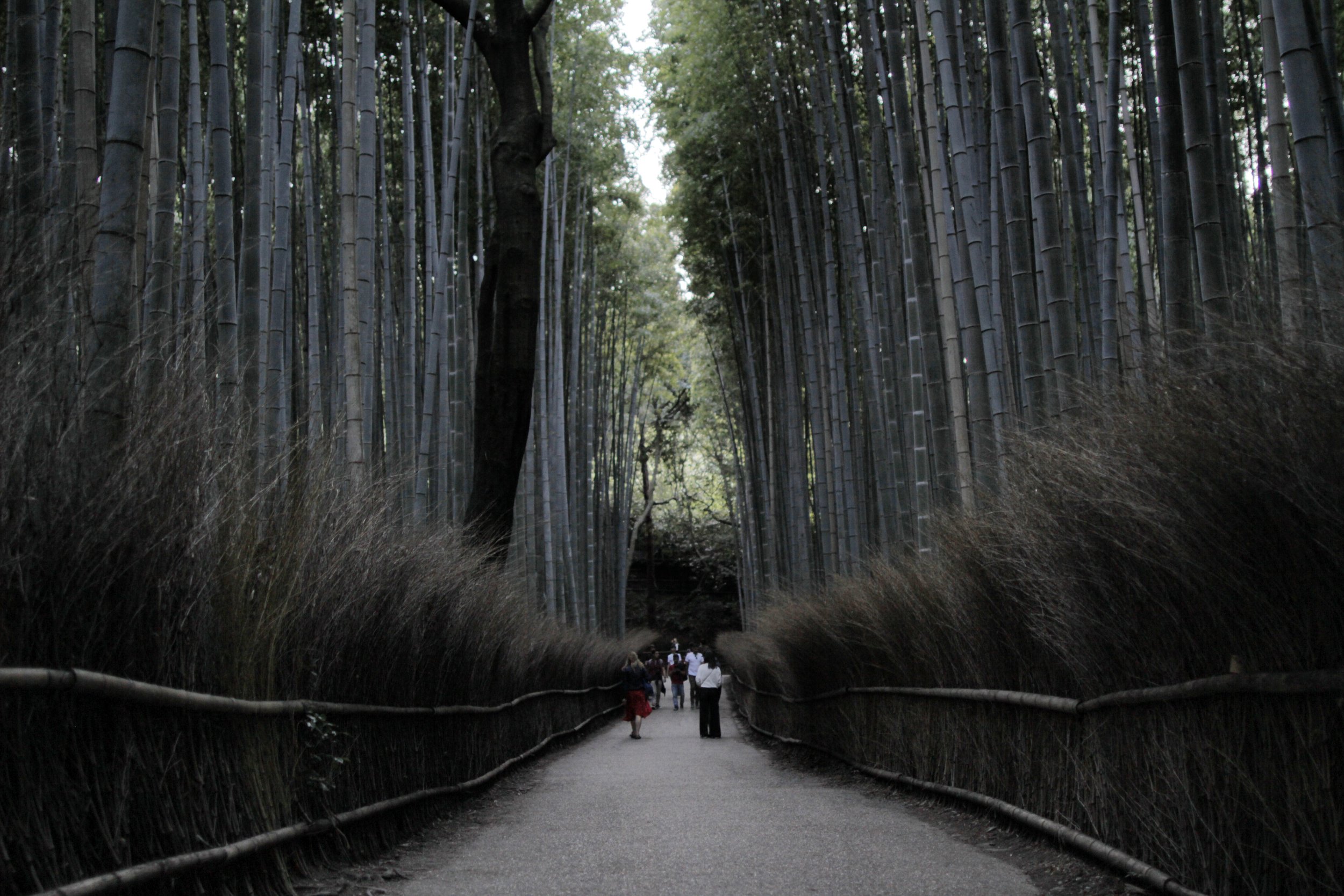Arashiyama, Japan
Wander the Emerald Green Bamboo Forests of Arashiyama
Japan is a wonderfully diverse land, where old meets new in a delicate thoughtful way. It’s a magical place filled with traditional values that honor and respect its past, juxtaposed with high-tech gadgets, skyscrapers and bullet trains. With a landscape that’s nearly 80% mountainous and scattered with thousands of islands, it’s a tough country to maneuver but worth every moment. Along the way, expect to encounter countless sweet and savory treats like steamy dumplings and red bean cakes, stunning vermillion colored torii gates and fashionable kimono-wearing locals who are mild mannered and full of kindness.
Arashiyama (嵐山), also called Storm Mountain, is a district on the western edge of Kyoto. It’s also the mountain across the main river, Ōi River, that forms the backdrop to the entire area. And although most only know it for the bamboo forests, Arashiyama offers much more in the way of exploration, namely, temples and shrines, blooming cherry trees and a monkey park with nearly 200 wild monkeys.
My journey through Japan was years in the making and though I’ve traveled nearly every country in southeast Asia, many of the Japan Rules were all but lost on me. First, I explored the capital city of Tokyo, the Largest Metropolitan in the World, where I enjoyed a day trip into the rainy forests of Nikkō for some much needed Mountain Worship. Afterward, I moved on to the Charming Temples, Gardens and Geisha of Kyoto, with stops to Explore Thousands of Torri Gates at Fushimi Inari Shrine, wander the emerald green bamboo forests of Arashiyama and Admire the Wild & Curious Deer of Nara Park. Though one hell of a special journey, all in all, Japan left me wanting more and still remains a mystery. A country that offers so much in the way of nuance, it was nearly impossible to fill my bucket; one day, I hope to return.
Cross the Famed Togetsukyō Bridge & Grab a Bite
Jumping on the JR train from Kyoto Station, I took the JR Sagano/San-in Line to Saga-Arashiyama Station and hopped off with the rest of the visitors. Almost immediately, the landscape opened up into a gorgeous scene. The Togetsukyō, a famous bridge leading across Ōi River (Katsura River) and into town and Arashiyama Park, the main star.
Meaning moon crossing, the name Togetsukyō comes from a tale about the Kamakura period Emperor Kameyama. During a party under a full moon, the emperor thought the moon looked as if it were crossing the bridge, hence its name. First built in 836 out of wood, it was later destroyed and rebuilt in 1934 with concrete columns and beams, with only the parapets made of cypress.
Once off the train, the walk over the bridge, into town and toward the bamboo forest lasts a quick 15 minutes. The little town was super cute with shops lining the main street, selling all kinds of goodies and souvenirs to both fill your belly and remember your time there. Toward the end of the street just before entering the gardens, a handful of food stalls offered quick bites like ice cream, grilled corn and fried seafood options. I grabbed some crispy fried chicken nuggets after browsing the options.
After taking a quick peak into the Bamboo Forest, there was absolutely no way I was going to enter with such a crowd jammed into the narrow path; it was much smaller than I had imagined. So, instead, I decided to wander the surrounding area and wait for the forest to clear. Open 24 hours, it’s important to visit the grove early in the morning to avoid the crowds, though, not too early as you won’t be able to see without much light.
Stroll Down the Banks of Katsura River
Designated a nationally Historic Site and Place of Scenic Beauty, Arashiyama and the surrounding areas are lovely to explore. The Arashiyama Park Nakanoshima Area, located just below the Bamboo Grove and along the northern side of the river, is a beautiful area known for fragrant cherry blossoms in the spring and maple trees during the fall.
Looping around the grounds, I walked along Katsura River, enjoying the flowing calm waters and small boats scattered about. Luckily, the weather was perfect. Though October, the weather in Japan had been all over the place, unpredictable with chilly rain at times and then oppositely, scorching sun during others.
Following signs as they appeared and more or less, wandering freely, I found myself in a small bamboo forest someplace just north of the park.
From there, I continued wandering aimlessly, looking for interesting sites along the way.
Along the pathway were countless stone carvings with chubby round faces and a number of alters with offerings laid out before them; I continued on.
Make Your Dreams Come True at Nonomiya Shrine
Nonomiya-jinja Shrine (野宮神社), or Shrine in the Country, is a Shinto shrine near the Bamboo Forest where unmarried princesses and empresses called Saiku, would stay during the Heian period from 794 to 1185. For an entire year or longer, the princesses would undergo purification rituals before becoming representatives of the imperial family. They were selected to bring offerings to the gods on behalf of the emperor and sent to Ise Jingū Shrine.
At the entrance, pass through a large torii gate to start exploring the sacred grounds. These days, many come to pray for luck in love, a happy marriage and healthy children. It’s believed that if you are looking for success in these areas, you must visit the shrine and dedicate your wish. After entering, the deity enshrined is Nonomiya Okami, also known as Amaterasu Okami, said to grant health and wisdom.
Additionally, there are a number of other deities that can be found at the shrine. Shirafuku Inari Daimyojin is the deity enshrined on the righthand side of the entrance after passing through the vermillion colored torii gate. This deity is one prayed to for children, safe childbirth and successful business. Behind this shrine is yet another dedicated to Oyama Benzaiten, the deity of safe driving. And, finally, Kameishi, a unique rock shaped like a turtle, is said to enshrine Nonomiya Daikokuten, the god of marriage. It’s believed that if you touch the Kameishi stone while saying your wish, it will come true within a year.
Even if only sightseeing, it’s best to honor the deities by practicing prayer correctly. If you’re new to learning Japan’s traditional customs when it comes to visiting shrines, follow the steps below.
Bow before entering torii gates as the torii gate is considered the boundary between the human world and sacred holy grounds. Bowing briefly is a form of respect.
Wash your hands at the chozuya. Near every entrance to a shrine is a little water well called a chozuya. Stop by to wash your hands as you enter by scooping water with the ladle and pouring it into each hand, purifying yourself. Traditionally, many people would use the water to rinse their mouths, as well, but because the water is still here, it is not recommended.
Enter the main hall and pray. Stand in front of the alter, bow twice, clap your hands twice and then bow once more. If you’d like to give an offering, toss it into the offering box. If there is a bell, ring it after giving your offering and then repeat the bowing and clapping sequence.
Pray at smaller shrines in the temple precinct. Once you have visited the main shrine, you’re free to stop by any of the other smaller shrines on the grounds. If you do, make sure to repeat the bowing and clapping sequence at each one. Once you’re done visiting the shrines, you may go to the Kameishi stone.
Bow once more when leaving. After saying your final prayer, take a bow before passing through the torii gate as you leave.
Also within the grounds is a stunning bright green section of earth covered in carpet moss, extending all the way to the back of Nonomiya Shrine. It’s said to be the richest and most beautiful in Kyoto and appears even more full after the rain.
Omikuji fortunes are one of the most interesting parts of visiting a shrine and Nonomiya Shrine has an omikuji box for this purpose. Place a 100 yen coin into the slot at the top and draw an omikuji slip from the bottom. If you receive a good fortune, feel free to take it home with you but if it’s bad, tie it anywhere around the shrine and ask for new protection.
Likewise, if there is something troublesome on your mind, you may want to perform a misogi-barai purification ritual. Misogibarai is the act of purifying sin and impurities by releasing them into water. This can be done on the lefthand side of the Nonomiya Shrine. First, take a misogibarai prayer slip from the office for 300 yen. Write down what you wish to release on the form, whether it’s a bad habit that you want to quit or a situation you need to escape, float the paper on the water and gently place the coin on top. With that, your prayer is complete, just wait for the gods to do their work.
Discover the Peaceful Nison-in Temple
After spending some quiet time at the shrine, I was off to explore the forest once again. I came upon a beautiful pottery shop where I purchased a handmade bowl for matcha tea, one that would pair with my bamboo whisk I had picked up in Kyoto. There was also a small tea cafe where I grabbed a hot matcha latte.
Continuing on, I made my way to Nison-in Temple, a temple complex at the eastern foot of Mount Ogura. Belonging to the Tendai sect of Buddhism and officially, Ogura-yama Nison-kyō-in Keidai-ji, the temple is popular during the colorful Japanese maple viewing season. It was first built between 834-848 under Emperor Saga’s command and constructed by the great priest, Jikaku-Daishi. On the grounds are the main gate, imperial envoy gate, main hall, Hachisha-no-miya shrine and a belfry and mausoleum of Priest Tanku. There is also a graveyard holding the ashes of Emperor Tsuchimikado, Emperor Go-Saga and Emperor Kameyama.
The name Nison-in refers to “two revered images” and is taken from the two Buddhist statues it holds, Shaka Nyorai and Amida Nyorai. The two main images are statues of the founding Buddha and another who has reached enlightenment. Both of these Heian period Buddhist statues are considered Important Cultural Properties of Japan.
Upon arrival, the main gate of Nison-In will greet you in rare form. First built in 1613 at the site of Fushimi Castle, the structure was relocated to its current position. Of the Muromachi era (1336 to 1573), it’s marked as Cultural Property of Kyoto. Additionally, patterns and decorative crests from the Edo era (1603 and 1867) can be found on the roof tiles which were restored during 2014.
Open daily from 9 a.m. to 4:30 p.m., a fee of ¥500 ($3.50 USD) was collected at the entrance of the temple. From outside the grounds, it didn’t look like much but I was pleasantly surprised and thoroughly enjoyed wandering the area and climbing high above the surrounding landscape. There’s something so calming about temples in the forest; eerily quiet, standing strong but still and motionless. And if nothing more, the temple was a lovely retreat from the swarming crowds of the bamboo grove.
Just beyond the main gate, the maple tree lined approach extends out before you, perfectly symmetrical in every way. Known as momiji-no-baba, the approach is celebrated for its beautiful colors during autumn. Maple trees and cherry blossoms alternate, rising out of the ground for a few hundred feet creating a stunning tunnel of red and yellow leaves if the season is right. Sadly, during my visit the leaves had yet to turn but it was lovely nonetheless. The other seasons are worth mentioning, as well, and with Mount Ogura as the backdrop, the pathway takes on various personalities as the seasons change; soft pink tones in the spring, lush green during the summer and a sparkling frost during winter.
Next, you’ll come upon, Benten-do, a temple for the goddess, Benzaiten, one of the Seven Gods of Fortune. She carries a pear-shaped instrument called a pipa and is commonly known as the goddess of wealth, wisdom and longevity. Snakes and dragons are thought to be her servants. Here, two rare statues are enshrined in the main hall, a nine-headed dragon and a snake with a human head.
The Belfry or Bell of Happiness is next on the journey. Originally cast in 1604, and recently recast in 1992 to commemorate 1200 years since the temple’s foundation by Emperor Saga, a temple bell is hung from the belfry structure constructed between 1596 to 1615. Here, strike the bell three times to pray for three different kinds of happiness; happiness for being alive, happiness for the lives of others and happiness for all mankind.
Between the main hall and the Belfry are a set of sharp stone steps leading straight to the Zhankung Mausoleum, or Mausoleum of Priest Tanku. Housing the monument of Tanku Shonin, the monk who spread the teachings of Nison-In Temple, it is believed to have been carved by Chinese stonemasons during the Kencho era in 1253. As a structure of the Muromachi era, this piece is also designated Cultural Property of Kyoto.
Climb carefully as the views from halfway up Mount Ogura are worth taking in. At the top of the stone steps is a graveyard overlooking the dense forest. Though, I couldn’t find much information about its contents, this hidden graveyard was my favorite area to explore within the temple grounds. Aware the ashes of Emperor Tsuchimikado, Emperor Go-Saga and Emperor Kameyama lie in the graveyard, I was more enamored with the beautiful stonework covered in layers of moss, worn over time and the elements.
Though the wrong season for me, I learned of a few rare and delicate flowers that bloom in the area during April and May. Fugenzou is a type of double petaled cherry blossom that blooms around mid-April. And another variety, the Nison-in Fugenzou can be found inside the stone walled area. Each with over 200 petals per flower, this rare variety is the latest flowering cherry blossom, occurring in early May.
After spending some time wandering through the graveyard and taking in the gorgeous views high above the city, I made my way downward. On my way out, I spotted the imperial envoy, the gate that only the emperor’s messengers could pass through. This gate leads to the main hall and was used by imperial messengers sent to deliver the will of the emperor. Historically, this highly respected gate was only open when an imperial envoy visited so the opportunity of passing through it today is very special. Visually, the gate has a karahafu roof with a high center or curved gable that looks like a horizontal bow or curled mustache.
Unfortunately, I missed the two Buddha statues that are greatly cherished and admired, so if you find yourself exploring make sure to locate these beauties. Painted in gold with gleaming, crystal eyes, the two figures stand together to watch over the temple grounds and people who visit them. Shaka Nyorai, also known as Gautama Buddha or Hakken, sends those seeking rebirth in paradise from this earth, while Amida Nyorai receives them on the other side. Together, the pair represent the beginning and the end of one’s life.
Sample Takoyaki Octopus Balls
Leaving the temple, I began to head back toward the Bamboo Forest to see if it had cleared. On the way, I picked up a traditional snack of takoyaki. Takoyaki is a ball-shaped Japanese snack made of a wheat flour-based batter and cooked in a special molded pan. It’s typically filled with diced octopus, tempura scraps, pickled ginger and green onion.
Entertained, I watched as they prepared the takoyaji, flipping and rotating each little ball carefully with special metal pokers. After fully cooked, the balls were removed from the grill, brushed with takoyaki sauce (similar to Worcestershire sauce) and mayonnaise and then sprinkled with green seaweed and shavings of dried fish called bonito (similar to mackerel). As much as I wanted to love the balls, they were a bit too gooey for me; poking around, I made sure to eat the octopus bits out of the gooey balls.
And from there, the highly anticipated Bamboo Grove was up next, just a few minutes walk.
Admire Arashiyama Bamboo Grove
Finally, as the sun began to set, the Bamboo Forest was nearly clear and I could finally snap a few photos without the crowds (or at least I could try). The Arashiyama Bamboo Grove is really two separate bamboo groves sandwiched between Tenryu-ji Temple grounds and the JR Sagano-Saiin line train tracks. About 1,640 feet in length and 460 feet wide, the grove lies near Nonomiya-jinja Shrine and the gardens and halls of Tenryu-ji Temple, one of Kyoto’s most gorgeous Buddhist temples.
As I entered the Bamboo Grove I was immediately shocked at its scale. Of course, in images the bamboo grove looks endless but in real life it felt smaller with its enormous bamboo stalks diminished by the brownish wispy dividers built alongside the pathway.
Gratefully, I was able to grab a fellow visitor and get a few photos but it was a real struggle. People not only linger along the path making it tough to get a shot without others in the background, but my random photographer friend wasn’t at his best.
In the past, Arashiyama was a favorite location of imperial and noble villas and temples from the days of classical Japan during the Heian period. Additionally, bamboo has always been a favored element in the gardens of these villas. During the Edo period, bamboo was also cultivated in this area for use in many Japanese crafts and also for eating, a staple in Japanese cuisine. In the modern era, many bamboo groves in Arashiyama were abandoned or turned residential due to economic changes but the government stepped in in 1967 to protect the remaining groves, so that they can be enjoyed today.
On the way out of Arashiyama, I grabbed a steamed beef bun called nikuman which ended up being too much bun for me. From there, I traveled back to Kyoto by train, reminiscing about my remarkable day spent at the Bamboo Grove and surrounding area.


